Table of Contents
When you stand at a gem‑show booth—or scroll through dozens of online listings—every parcel seems to shout the same promise: “Top quality! Best price!” Yet one lot is $4 per carat and the next, only a shade brighter, jumps to $40. How do you tell whether the premium is justified, which gemstones are worth the price, and which will leave you with thin margins or unhappy customers?
This long‑form guide takes you past marketing blur to real‑world evaluation. We’ll blend gemology basics with shop‑floor math so you can balance gemstone price vs quality, build a reliable semi‑precious stone pricing guide for your own business, and walk away from a buying trip knowing you made money before you even set a single stone.
1. Why Colored Gems Don’t Follow Diamond Logic
Diamonds have a highly standardized 4C system, but colored stones refuse to fit that precise box. Color dominates value; clarity, cut, and size matter—but only in how they support face‑up hue and saturation. That’s why a “larger” but grayish aquamarine crystal may cost less than a smaller but electric‑blue one.
Think of price as a ladder: each step up in vividness, brightness, or rarity costs more than the last. Your goal as a jewelry maker is to decide where beauty and budget intersect for your customers—not necessarily to reach the top rung.
Bottom line - For colored gemstones, primarily their color (followed by inclusions in some) is literally their passport.

2. Understanding the Dealer’s Letter Grades (AAA, AA, A)
Most gemstone lots arrive labeled AAA, AA, or A, which are basically gemstone quality grades. The letters look official, yet they are only shorthand within that dealer’s stock. Here’s how to read them in practical terms:
2.1 AAA
What it usually means: richest color the mine produced that year, visibly clean to the unaided eye, and cut by someone who cared about angles instead of weight.
When to pay for it: bespoke engagement rings, upscale pendants, or any piece that will be the face of your brand’s marketing.

2.2 AA
What it usually means: bright, attractive color with tiny inclusions that hide to the naked eye. Cuts are good but may favor weight just a touch.
Ideal use: mainstream silver or 14 k gold lines—rings, earrings, pendants that must look impressive yet land under a $500 retail tag.

2.3 A (Commercial)
What it usually means: pleasant mid‑range color, inclusions you can spot if you know where to look, and cuts designed for speed (in terms of selling out fast)
Best use: bead strands, accent stones around a nicer center, or fashion pieces where price leadership beats perfection.

To learn it alongside an example, open our article on How to Identify a premium amethyst - A buyer’s guide to quality, grades and value and just for the time being, jump to the section that says - Grading Amethyst : What those letters really mean.
Because grading is subjective, anchor each new supplier’s grades to a reference stone you already trust. Snap a phone photo of your own “benchmark AA” amethyst, for example, and compare future AA shipments against that image. Over time you’ll build a house chart that staff can follow—even when labels differ from vendor to vendor.
Deep dive: If you want the science behind hue, tone, saturation, and clarity types, bookmark our article: How Semi‑Precious Gemstones Are Graded: A Complete Guide to Clarity & Color. It breaks down laboratory color charts into workshop language.
3. The Color‑First Inspection Method
The most common question every beginner jewelry maker asks is - What to look for when buying gemstones? A quick loupe twist or flick of a polishing cloth won’t change a bad color, so train your eye to judge hue and saturation first.
3.1 Use “daylight” lighting, not household bulbs.
What to do: Turn on a 5 000 K LED desk lamp (often sold as “daylight white”) or stand near a bright window on a cloudy day.
Why it helps: Household “warm” bulbs (yellowish, 2 700 K) make reds and oranges look richer than they really are. Extra‑cool office tubes (bluish, 6 500 K) can drain the life out of greens. Daylight‑white keeps every color honest, so you’re judging the gem—not the bulb.
3.2 Lay stones on plain white paper, table‑down.
What to do: Flip each stone so the flat top faces the paper and the point sticks up.
Why it helps: Size and sparkle can fool your eye. Looking at the back removes that distraction and lets you see true body color across the parcel.
3.3 Kick out the obvious “bad apples” first.
What to do: Slide aside anything that looks muddy, cloudy, or nearly black in normal room light.
Why it helps: If 3 out of 10 stones are unusable, that parcel just got 30 % more expensive per keeper stone. Better to bargain down the price—or walk away—before you fall in love with the rest.
3.4 Sort the keepers by subtle color shifts.
What to do: Make mini rows—e.g., bluish‑green, pure green, greenish‑blue.
Why it helps: When you set gems side‑by‑side in pavé or drop earrings, tiny hue differences scream “mismatch.” Grouping now saves design headaches later.
Real‑world tip:
Clip a pocket‑size 5 000 K LED flashlight to your lanyard at gem shows. Shine it on any stone the dealer hands you; if the color still looks great under neutral light, it will look great in your customer’s home.

4. Clarity and the 6‑Inch Test
Many new buyers go straight to the loupe, then wonder why top‑grade emerald seems full of moss. Remember: clarity standards shift by species.
-
Type I stones (spinel, aquamarine, blue topaz) should be eye‑clean from six inches.
-
Type II stones (touret) may show faint “jardin” only under 10×
-
Type III stones (emerald, red beryl) expect inclusions; transparency and rich color outweigh eye cleanliness.

Hold the gem six inches from your eye under that same daylight lamp. If inclusions jump out immediately on a stone that’s supposed to be Type I, either negotiate down or move on. For Type III emerald, judge whether inclusions threaten durability (surface‑reaching fractures) or simply add character.
5. Cut: Where Weight Meets Sparkle
Even perfect color turns dull if the cut is wrong, and a bad cut doesn’t just kill beauty—it hits the price tag hard. Here’s what to watch:
-
Windowed stones show a clear “see‑through” circle in the middle (you can literally read newsprint beneath). Light leaks out instead of bouncing back, so buyers see less color and brilliance. A window can drop the retail price by 20–40 % compared with a well‑proportioned gem of the same weight.

-
Bulky pavilions hide carat weight under the setting. Example: a 7 mm round should weigh about 1.3 ct; if your calipers say 1.6 ct, you’re paying extra for depth no one will admire. Dealers often charge by weight, so that wasted 0.3 ct inflates cost without adding beauty—cutting straight into profit margin.

-
Cabochon and bead profiles matter too. A high dome may look impressive but snag on clothes; a flat dome loses color flash. In opal gemstones, orientation is king: rotate the rough until the fire peaks, mark the top, then cut. A cab showing full play‑of‑color can fetch double the price of the same stone cut at the wrong angle.

Bottom line: Smart cuts maximize light return and visible size, so you pay for beauty - not hidden ounces of rough.
6. Carat Weight, Millimeter Spread, and Price Multipliers
Price per carat escalates non‑linearly. A 1 ct fine sapphire might be $400; a 2 ct of equal quality can be $1,200—not $800. Supply drops exponentially with size. If your design allows, drop half a millimeter and surround the stone with accent melee; you’ll stretch the budget without sacrificing face‑up impact.

Need hard numbers? Our calculator walk‑through in How to Calculate Cost Per Carat for Bulk Gemstone Purchase shows the exact step‑by‑step formula, including freight and import duties.
7. Building Your Own Price‑Quality Matrix
Below is a condensed gemstone price per carat chart for AA‑grade, 1-5 ct stones—use it as a launchpad, then update with your real purchase data.
|
Stone (AA) |
Typical price range |
Durability Note |
|
Amethyst |
While commercial amethyst is available at $5, AA grade amethyst are priced around $20 - $30 |
Mohs 7, safe for rings |
|
Citrine |
Commercial citrines are valued typically at $5-$15, whereas AA type can fall between $15-30, even going up to $50 per carat. |
Same durability as amethyst |
|
Garnet (red) |
Although garnet’s price depends on its type, a typical AA grade garnet starts around $20 per carat |
Chips less than quartz |
|
Peridot |
Depending on multiple factors such as 4C, generally the price of peridot falls between $40-$80 for a 1-5 ct stone |
Watch for hardness 6.5—bezel preferred |
|
Blue Topaz |
Relatively inexpensive to other stones, a good quality blue topaz is valued at $3-$5 per carat. However, London Blue and Swiss Blue topaz can retail for $17-$27 for every 0.5-1 carat stone. |
Mohs 8, but irradiation must be disclosed |
|
Spinel (pink) |
Spinels are generally on the expensive side and can cost anywhere between $30-$200 per carat, depending on its color and other factors. |
Mohs 8, tough and bright |
|
Turquoise (stabilized) |
A stabilised light blue turquoise with visible matrix can cost anywhere between $3-$10. |
Porous; bezel and care card required |
Overlay this pricing with quality grades. If you can buy a “near‑AAA” red garnet parcel at only 20 % above AA cost, that jump may be worthwhile. For peridot, the premium from AA to AAA can triple; judge whether your customers will pay for that cleaner lime hue.
Explore our range of peridot gemstones online with prices starting at $18.
8. How to Buy Gemstones in Bulk (Without the Burn)
Buying 5,000 carats at show closing time can be thrilling, and ruinous. Follow these safeguards:
-
Start with a pilot lot. Order 100 cts, grade every piece at home. If yield and consistency meet expectations, reorder at scale.
-
Negotiate reject allowance. Agree you can send back or credit 10 % of off‑color stones in the next order. It’s always a wiser option to purchase from an online gemstone website that has a solid return policy. If you are going for a higher number of stones, another step you can take is to reach out to the owner directly before putting your card through!
-
Break freight into insured tiers. Splitting a kilo across two insured shipments costs slightly more but mitigates total loss risk.
-
Track landed cost. Stone + freight + Customs + payment fees ÷ usable carats = your real number. If usable yield drops, the cost per carat quietly rises.
Once landed cost is locked, calculate resale margins by channel: wholesale x 1.3, direct‑to‑consumer x 2–2.5, luxury bespoke x 3 or higher.
9. Which Gemstones Offer the Best Value Right Now?
-
Amethyst & Citrine – Still abundant; deep Siberian purple or Madeira orange sells above grade.

Red Garnet & Rhodolite – High refractive index gives diamond‑like sparkle at 1/20th the price.

-
Moonstone – Trending in bridal alternatives; pay for strong blue flash, not weight.
Get your hands on some of the most beautiful pieces of this dazzling beauty from our collection of moonstone for sale online with prices starting at just $5.

-
Stabilized Turquoise – Iconic color + boho demand; education on stabilization prevents returns.

-
Pink Spinel – Rising star; moderate sizes remain affordable but move fast in fashion lines.

Because each market reacts differently, test by listing five SKUs per stone type and measuring velocity. The gems that turn fastest with least discounting are your best value gemstones for jewelry.
Check out our gemstone buying guide for jewelers in case you are seeking more clarity.
Final Takeaway
Comparing semi‑precious stones by price and quality is equal parts trained eye, basic math, and disciplined record‑keeping. Learn the dealer’s grading language, test color first, demand clarity on treatments, and keep landing‑cost spreadsheets current. Do that, and the gems you buy will sparkle not just under the loupe, but on your profit‑and‑loss sheet as well.
Frequently Asked Questions
Q1. Which gemstones are worth the price?
Ans: Stones that combine vivid color, known rarity, and everyday wearability—sapphire, spinel, tsavorite garnet, fine moonstone—justify higher outlay because they excite customers and survive daily wear.
Q2. How does gemstone grading relate to cost?
Ans: Each jump in grade removes a large slice of available rough. That scarcity curve drives exponential per‑carat price increases. Always compare visual improvement to price bump; an AA+ that looks 90 % as good as AAA may cost half.
Q3. What’s the fastest way to compare gemstones at a show?
Ans: Use a daylight lamp, white card, group by hue, discard tonal outliers, loupe for eye‑clean, measure millimeters, and calculate price per usable carat on your phone.
Q4. Where can I find reputable wholesale gemstone suppliers USA?
Ans: Start with AGTA or RJC member lists, Tucson and JCK shows, or online platforms that publish AGTA disclosure codes and seven‑day inspections—our own GemstonesForSale catalog meets those benchmarks.
Visited 2081 No. of Time(s), 200 Visit(s) Today
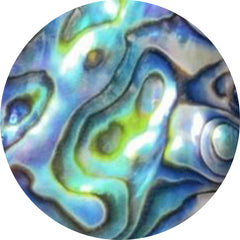 Abalone shell (122)
Abalone shell (122)
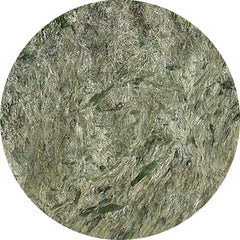 Actinolite (1)
Actinolite (1)
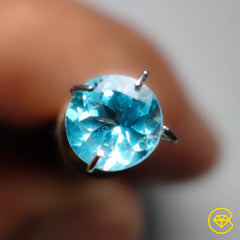 Affordable gemstones (17090)
Affordable gemstones (17090)
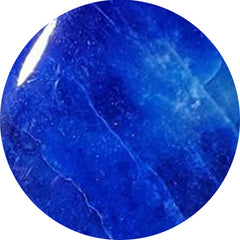 Afghanite (7)
Afghanite (7)
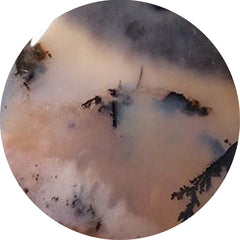 Agate (2480)
Agate (2480)
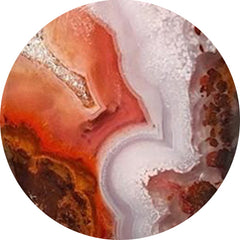 Agua nueva (11)
Agua nueva (11)
 All gemstones (1)
All gemstones (1)
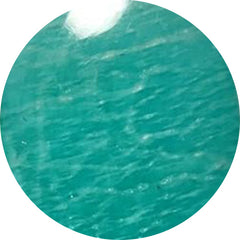 Amazonite (154)
Amazonite (154)
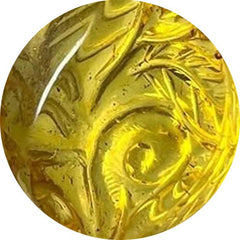 Amber (116)
Amber (116)
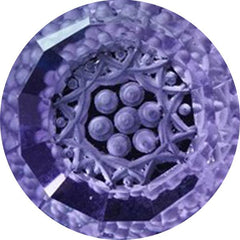 Amethyst (572)
Amethyst (572)
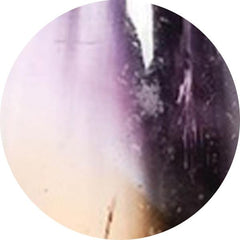 Ametrine (22)
Ametrine (22)
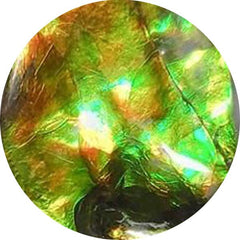 Ammolite (25)
Ammolite (25)
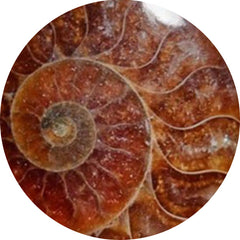 Ammonite (70)
Ammonite (70)
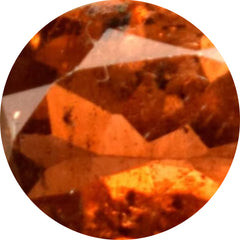 Andalusite (1)
Andalusite (1)
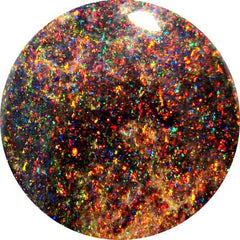 Andamooka opal (0)
Andamooka opal (0)
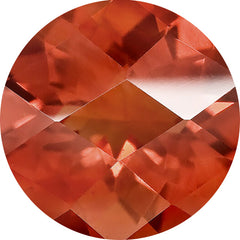 Andesine (0)
Andesine (0)
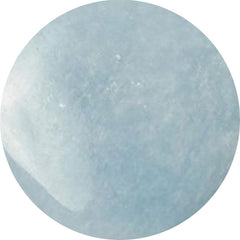 Angelite (28)
Angelite (28)
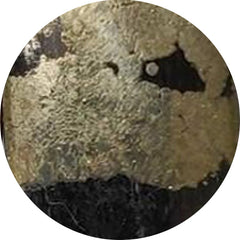 Apache gold (22)
Apache gold (22)
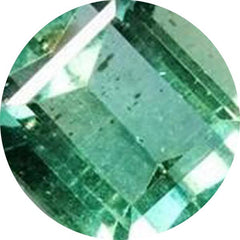 Apatite (134)
Apatite (134)
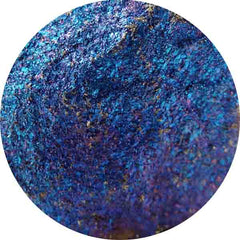 Apophyllite (1)
Apophyllite (1)
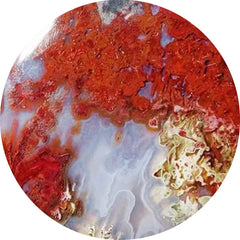 Apple valley agate (0)
Apple valley agate (0)
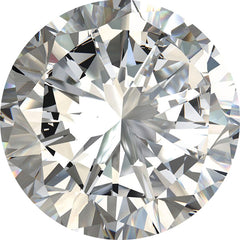 April birthstone (1846)
April birthstone (1846)
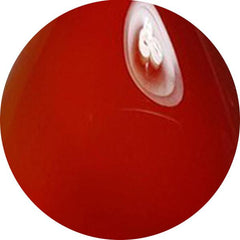 Aqeeq (0)
Aqeeq (0)
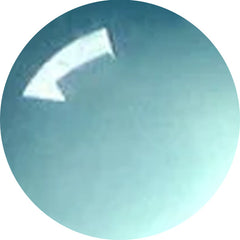 Aqua chalcedony (18)
Aqua chalcedony (18)
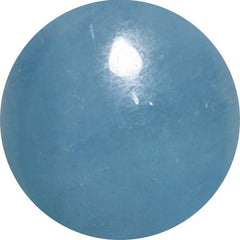 Aquamarine (79)
Aquamarine (79)
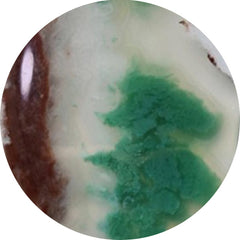 Aquaprase (64)
Aquaprase (64)
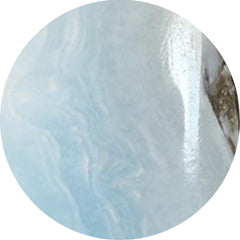 Aragonite (16)
Aragonite (16)
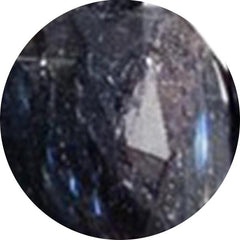 Arfvedsonite (12)
Arfvedsonite (12)
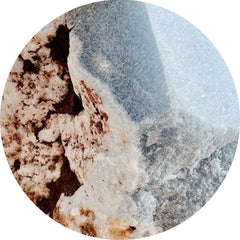 Aristolite (0)
Aristolite (0)
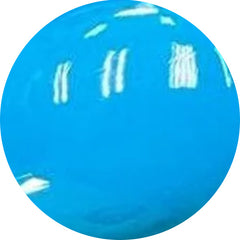 Arizona turquoise (0)
Arizona turquoise (0)
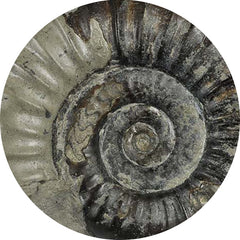 Arnioceras semicostatum fossil (0)
Arnioceras semicostatum fossil (0)
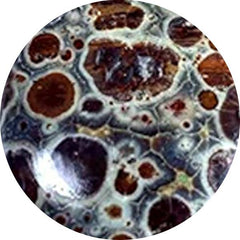 Asteroid jasper (11)
Asteroid jasper (11)
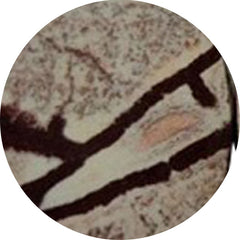 Astrophyllite (54)
Astrophyllite (54)
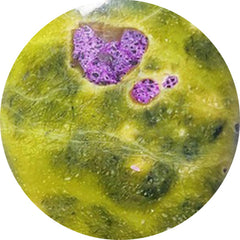 Atlantasite (87)
Atlantasite (87)
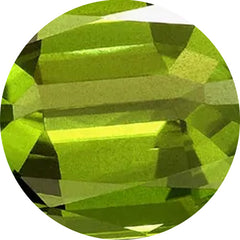 August birthstone (93)
August birthstone (93)
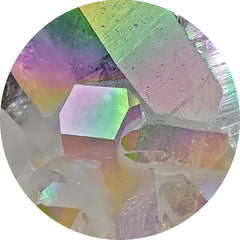 Aura quartz (0)
Aura quartz (0)
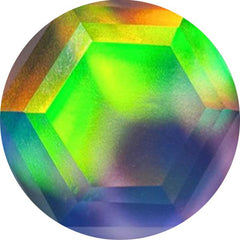 Aurora opal (314)
Aurora opal (314)
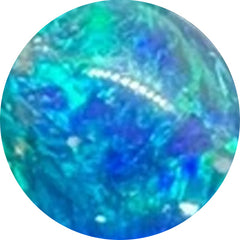 Australian opal (19)
Australian opal (19)
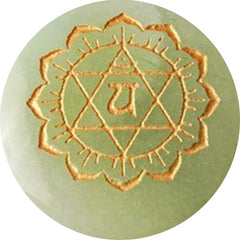 Aventurine (64)
Aventurine (64)
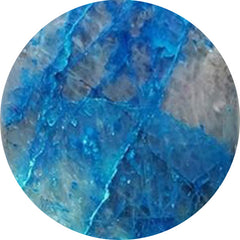 Azurite (281)
Azurite (281)
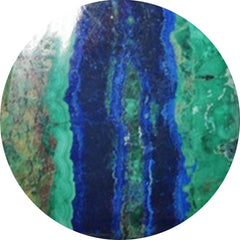 Azurite malachite (19)
Azurite malachite (19)
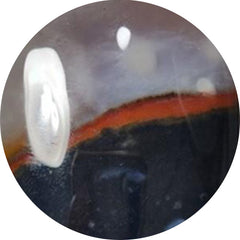 Banded agate (79)
Banded agate (79)
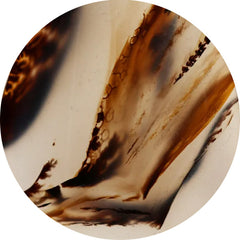 Barber agate (0)
Barber agate (0)
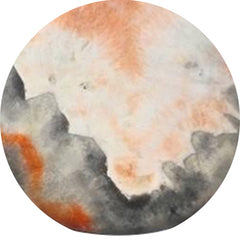 Barite (13)
Barite (13)
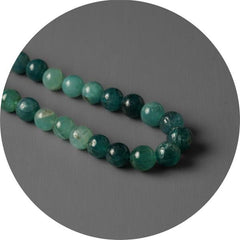 Beads (51)
Beads (51)
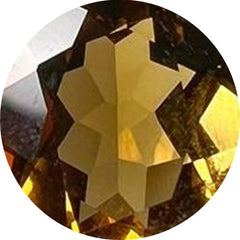 Beer quartz (23)
Beer quartz (23)
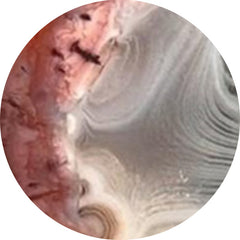 Berber agate (4)
Berber agate (4)
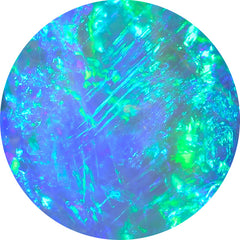 Best seller (0)
Best seller (0)
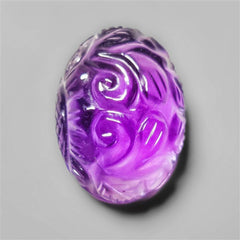 Bestsellers: a selection of our most-loved stones (449)
Bestsellers: a selection of our most-loved stones (449)
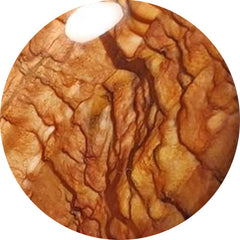 Biggs jasper (29)
Biggs jasper (29)
 Bird carving (104)
Bird carving (104)
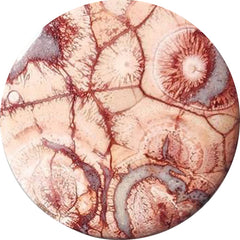 Bird eye jasper (45)
Bird eye jasper (45)
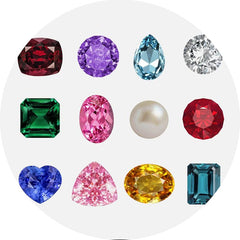 Birthstones (0)
Birthstones (0)
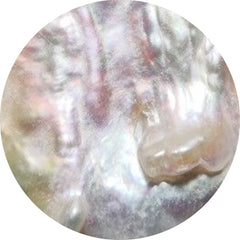 Biwa pearl (34)
Biwa pearl (34)
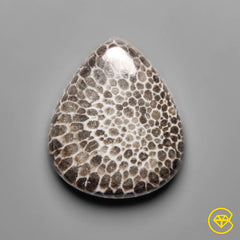 Black gemstones (945)
Black gemstones (945)
 Black onyx (180)
Black onyx (180)
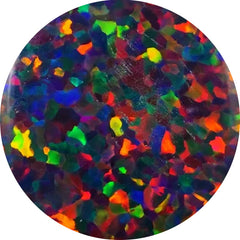 Black opal (33)
Black opal (33)
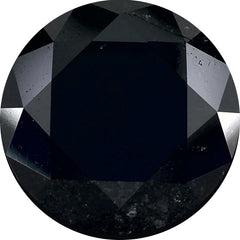 Black spinel (33)
Black spinel (33)
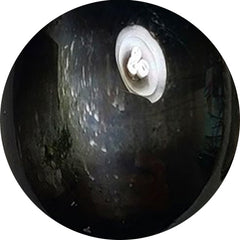 Black star (31)
Black star (31)
 Black tourmaline (78)
Black tourmaline (78)
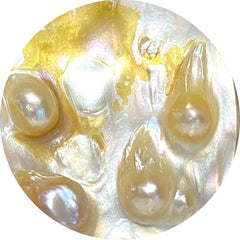 Blister pearl (30)
Blister pearl (30)
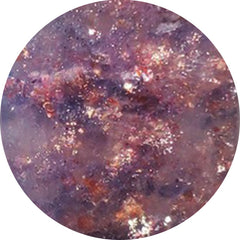 Bloodshot iolite (77)
Bloodshot iolite (77)
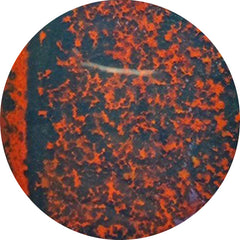 Bloodstone (66)
Bloodstone (66)
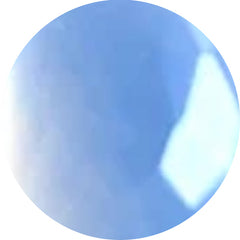 Blue chalcedony (41)
Blue chalcedony (41)
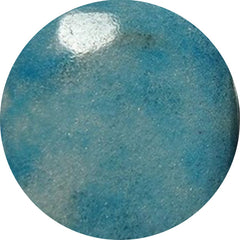 Blue diopside (0)
Blue diopside (0)
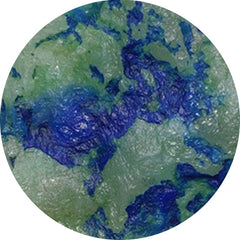 Blue horizon (15)
Blue horizon (15)
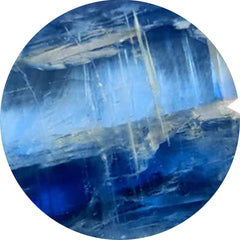 Blue kyanite (34)
Blue kyanite (34)
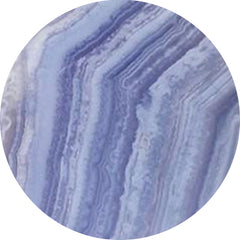 Blue lace agate (256)
Blue lace agate (256)
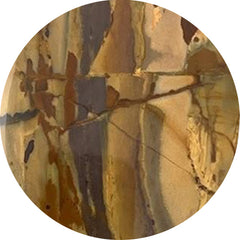 Blue mountain jasper (0)
Blue mountain jasper (0)
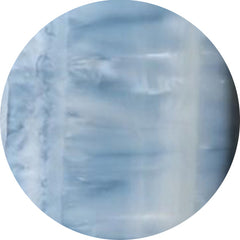 Blue opal (151)
Blue opal (151)
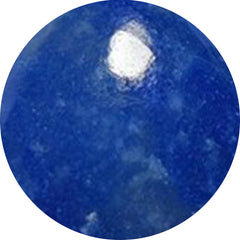 Blue quartz (40)
Blue quartz (40)
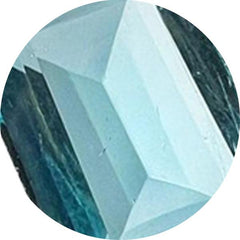 Blue topaz (50)
Blue topaz (50)
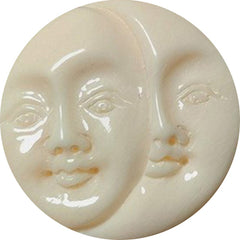 Bone (9)
Bone (9)
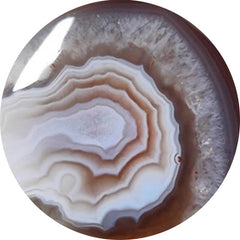 Botswana agate (244)
Botswana agate (244)
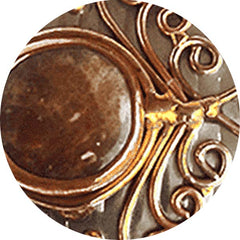 Bronze (0)
Bronze (0)
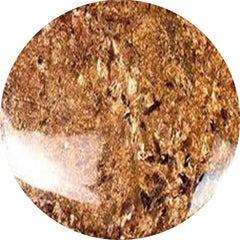 Bronzite (2)
Bronzite (2)
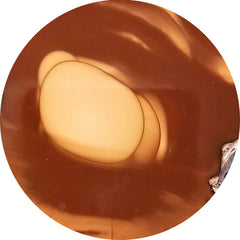 Bruneau jasper (15)
Bruneau jasper (15)
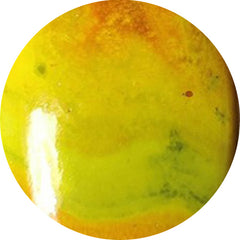 Bumble bee jasper (199)
Bumble bee jasper (199)
 Buy gemstones in usa (862)
Buy gemstones in usa (862)
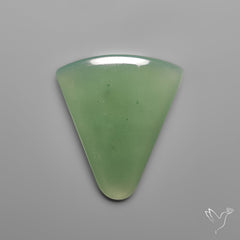 Cabochons (12777)
Cabochons (12777)
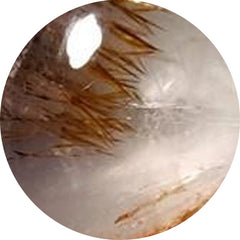 Cacoxenite (65)
Cacoxenite (65)
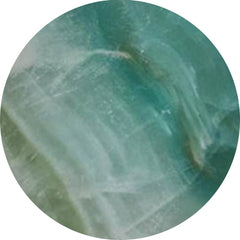 Calcite (220)
Calcite (220)
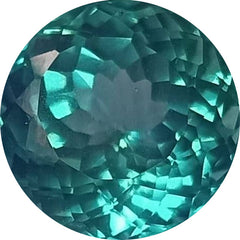 Calibrated (136)
Calibrated (136)
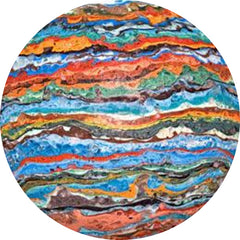 Calsilica (0)
Calsilica (0)
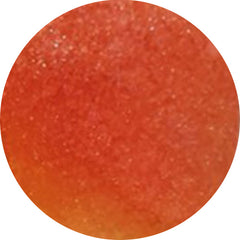 Candy corn (6)
Candy corn (6)
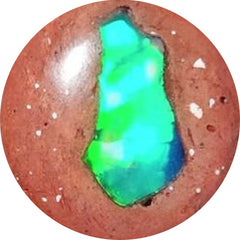 Cantera opal (18)
Cantera opal (18)
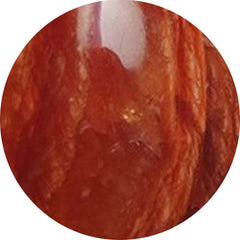 Caramel opal (2)
Caramel opal (2)
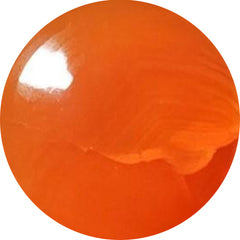 Carnelian (46)
Carnelian (46)
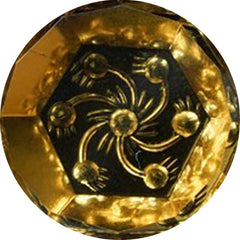 Carving (1784)
Carving (1784)
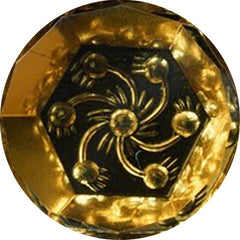 Carvings (2043)
Carvings (2043)
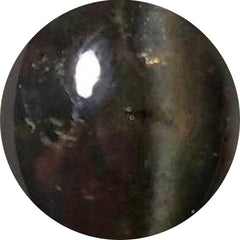 Cats eye (61)
Cats eye (61)
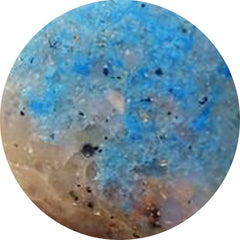 Cavansite (16)
Cavansite (16)
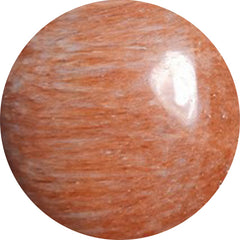 Celestobarite (7)
Celestobarite (7)
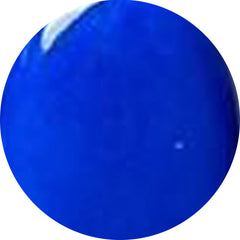 Ceruleite (0)
Ceruleite (0)
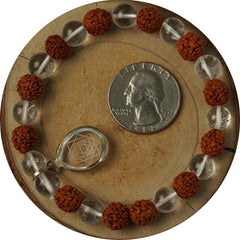 Chakra stone (31)
Chakra stone (31)
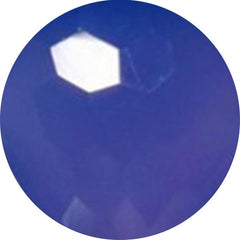 Chalcedony (446)
Chalcedony (446)
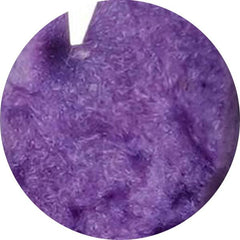 Charoite (189)
Charoite (189)
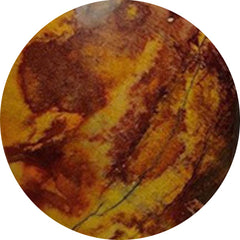 Cherry creek jasper (10)
Cherry creek jasper (10)
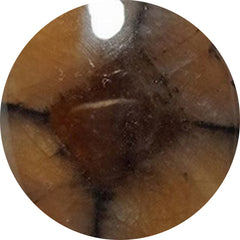 Chiastolite (16)
Chiastolite (16)
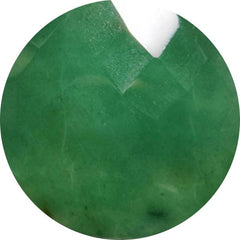 Chrome chalcedony (82)
Chrome chalcedony (82)
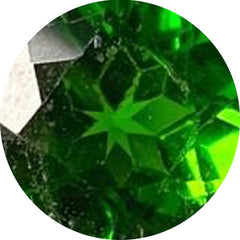 Chrome diopside (20)
Chrome diopside (20)
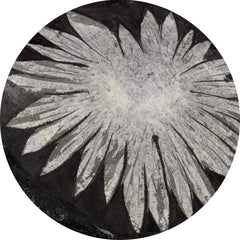 Chrysanthemum fossil (0)
Chrysanthemum fossil (0)
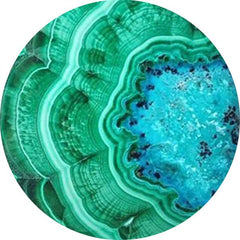 Chrysocolla (407)
Chrysocolla (407)
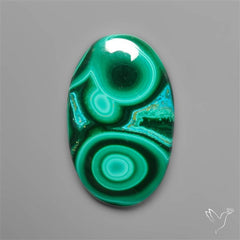 Chrysocolla malachite (76)
Chrysocolla malachite (76)
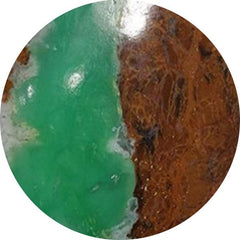 Chrysoprase (322)
Chrysoprase (322)
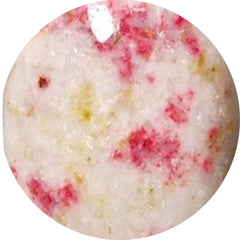 Cinnabar (14)
Cinnabar (14)
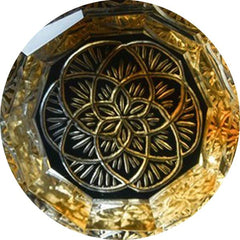 Citrine (110)
Citrine (110)
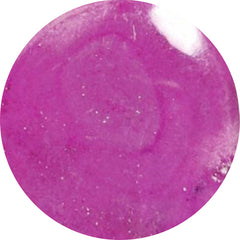 Cobalto calcite (66)
Cobalto calcite (66)
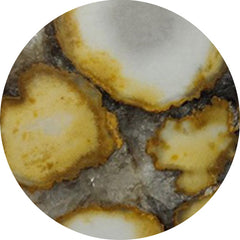 Cobra jasper (30)
Cobra jasper (30)
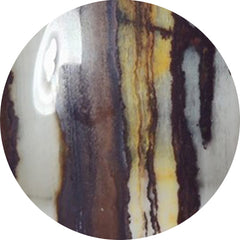 Coconut jasper (2)
Coconut jasper (2)
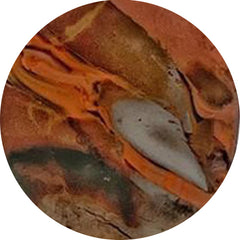 Coffee bean jasper (2)
Coffee bean jasper (2)
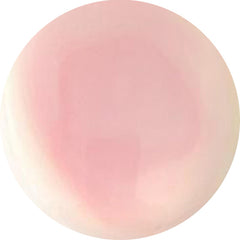 Conch shell (6)
Conch shell (6)
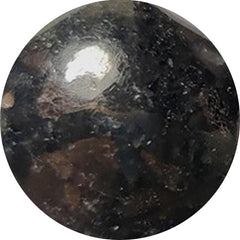 Coppernite (0)
Coppernite (0)
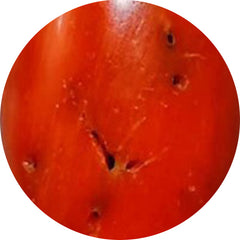 Coral (353)
Coral (353)
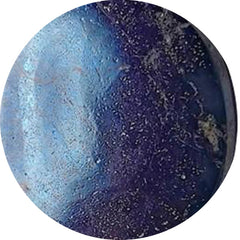 Covellite (4)
Covellite (4)
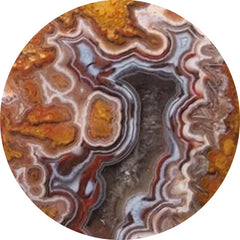 Crazy lace agate (187)
Crazy lace agate (187)
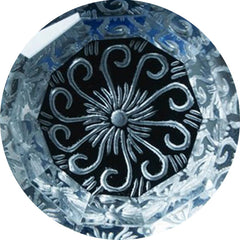 Crystal (204)
Crystal (204)
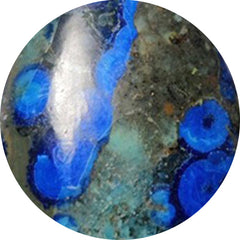 Cuprite (26)
Cuprite (26)
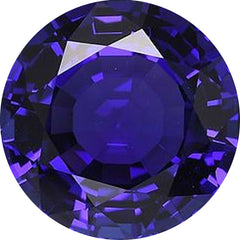 December birthstone (281)
December birthstone (281)
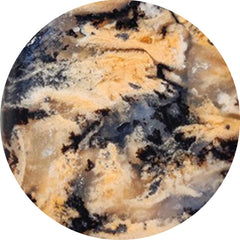 Dendritic agate (442)
Dendritic agate (442)
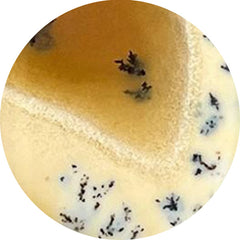 Dendritic opal (75)
Dendritic opal (75)
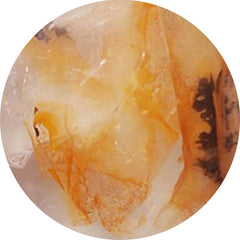 Dendritic quartz (2)
Dendritic quartz (2)
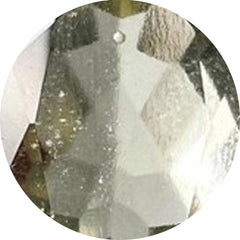 Desert glass (9)
Desert glass (9)
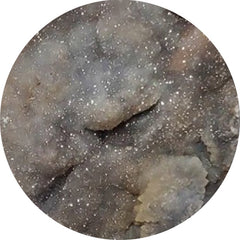 Desert jasper druzy (15)
Desert jasper druzy (15)
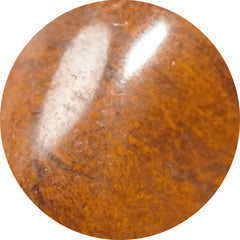 Desert sunset jasper (10)
Desert sunset jasper (10)
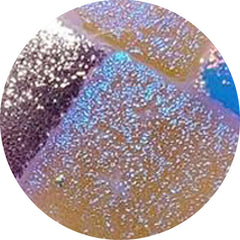 Dichroic glass (145)
Dichroic glass (145)
 Dinosaur bone fossil (3)
Dinosaur bone fossil (3)
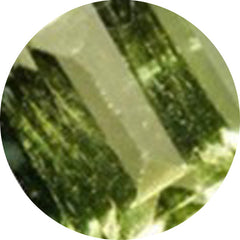 Diopside (54)
Diopside (54)
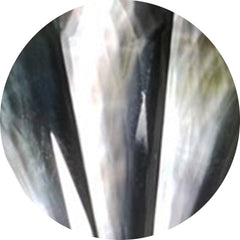 Doublets (876)
Doublets (876)
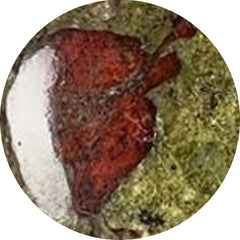 Dragonblood jasper (1)
Dragonblood jasper (1)
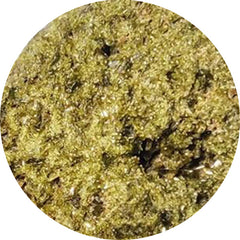 Druzy (421)
Druzy (421)
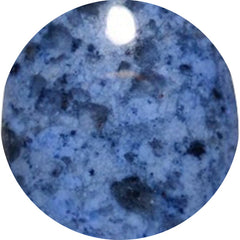 Dumortierite (60)
Dumortierite (60)
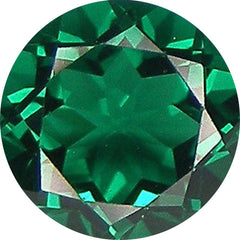 Emerald (63)
Emerald (63)
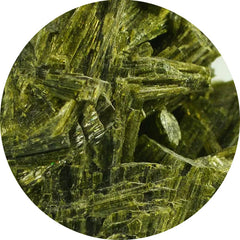 Epidote (10)
Epidote (10)
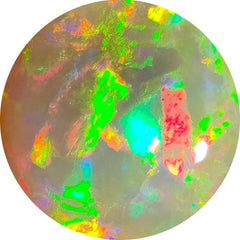 Ethiopian opal (59)
Ethiopian opal (59)
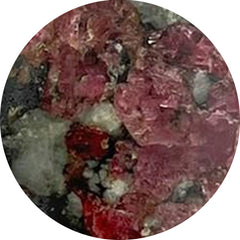 Eudialyte (11)
Eudialyte (11)
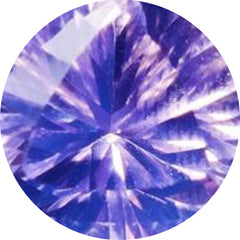 Faceted rose cut (2450)
Faceted rose cut (2450)
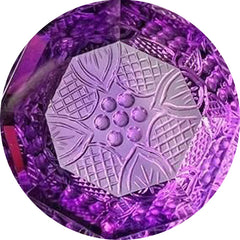 Fantasy cuts (52)
Fantasy cuts (52)
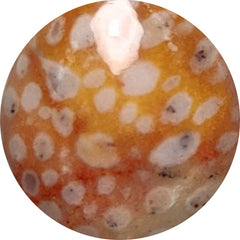 Fawn jasper (13)
Fawn jasper (13)
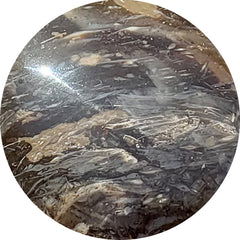 Feather agate (0)
Feather agate (0)
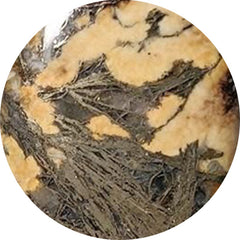 Feather pyrite (39)
Feather pyrite (39)
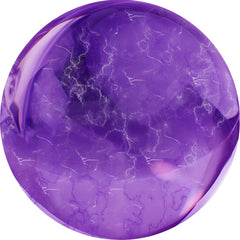 February birthstone (2846)
February birthstone (2846)
 Fine amethyst (32)
Fine amethyst (32)
 Fine ametrine (22)
Fine ametrine (22)
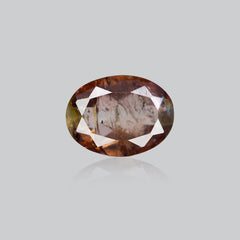 Fine andalusite (1)
Fine andalusite (1)
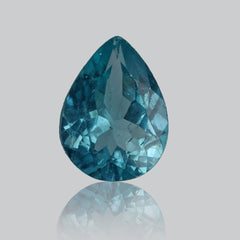 Fine apatite (5)
Fine apatite (5)
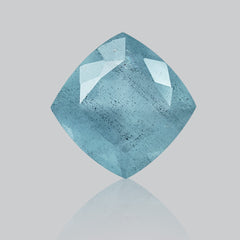 Fine aquamarine (8)
Fine aquamarine (8)
 Fine black opal (6)
Fine black opal (6)
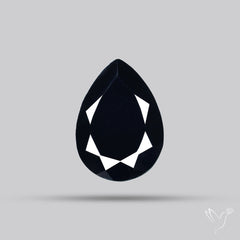 Fine black spinel (14)
Fine black spinel (14)
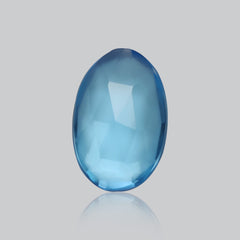 Fine blue topaz (30)
Fine blue topaz (30)
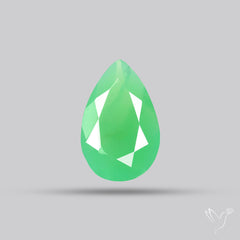 Fine chrysoprase (16)
Fine chrysoprase (16)
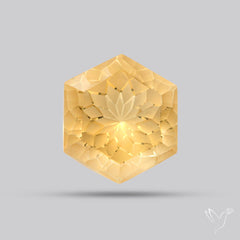 Fine citrine (24)
Fine citrine (24)
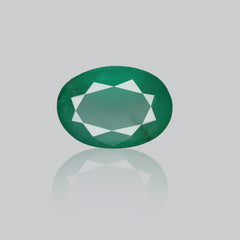 Fine emerald (11)
Fine emerald (11)
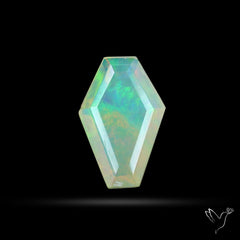 Fine ethiopian opal (18)
Fine ethiopian opal (18)
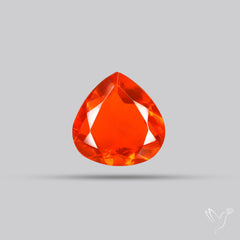 Fine fire opal (7)
Fine fire opal (7)
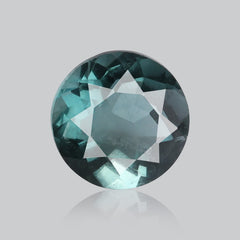 Fine fluorite (12)
Fine fluorite (12)
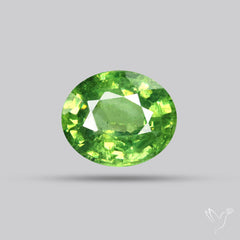 Fine garnet (37)
Fine garnet (37)
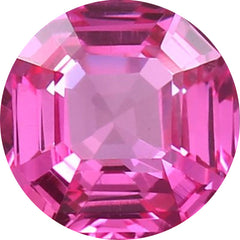 Fine gemstone (0)
Fine gemstone (0)
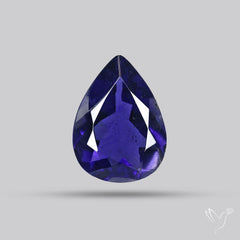 Fine iolite (31)
Fine iolite (31)
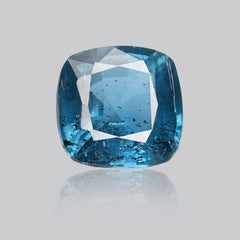 Fine kyanite (28)
Fine kyanite (28)
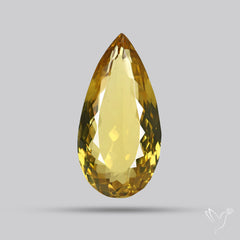 Fine lemon quartz (14)
Fine lemon quartz (14)
 Fine lepidocrocite (46)
Fine lepidocrocite (46)
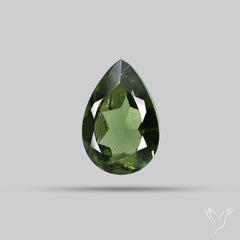 Fine moldavite (21)
Fine moldavite (21)
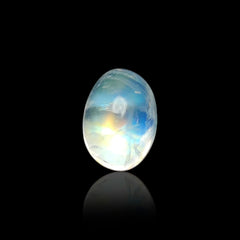 Fine moonstone (7)
Fine moonstone (7)
 Fine peridot (57)
Fine peridot (57)
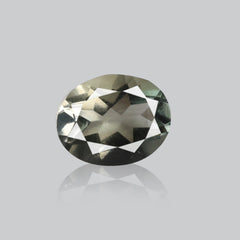 Fine prasiolite (26)
Fine prasiolite (26)
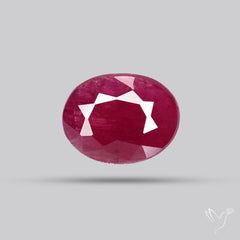 Fine ruby (15)
Fine ruby (15)
 Fine rutilated quartz (19)
Fine rutilated quartz (19)
 Fine sapphire (7)
Fine sapphire (7)
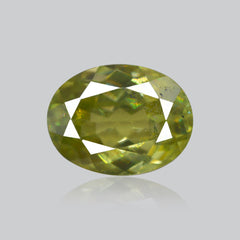 Fine sphene (17)
Fine sphene (17)
 Fine sunstone (79)
Fine sunstone (79)
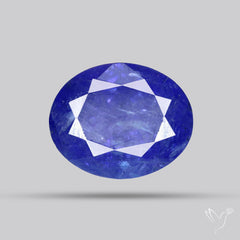 Fine tanzanite (51)
Fine tanzanite (51)
 Fine tourmaline (67)
Fine tourmaline (67)
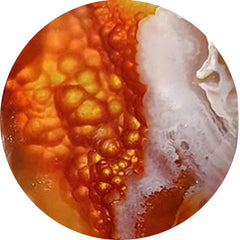 Fire agate (7)
Fire agate (7)
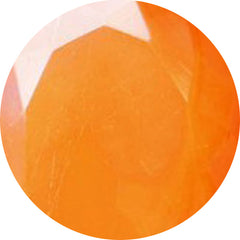 Fire opals (43)
Fire opals (43)
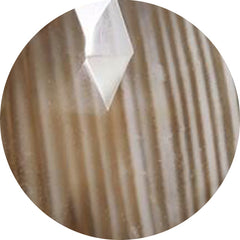 Flint stone (10)
Flint stone (10)
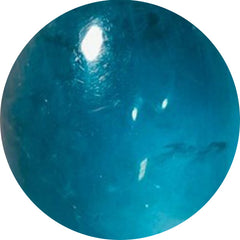 Fluorite (155)
Fluorite (155)
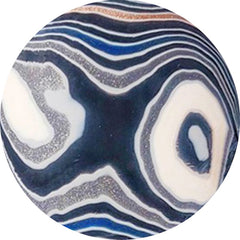 Fordite (63)
Fordite (63)
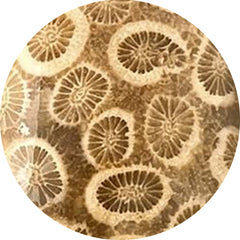 Fossil coral (321)
Fossil coral (321)
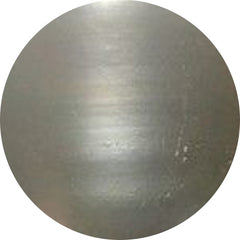 Fossil marston marble (20)
Fossil marston marble (20)
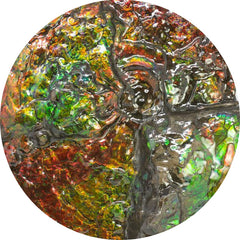 Fossils (514)
Fossils (514)
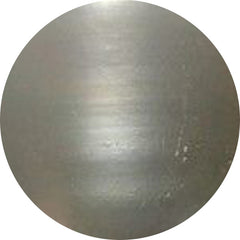 Freshwater pearl (22)
Freshwater pearl (22)
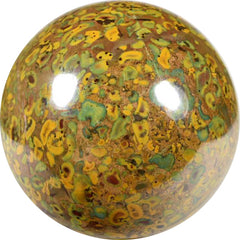 Fruit jasper (14)
Fruit jasper (14)
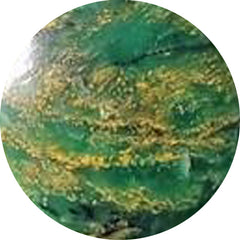 Fuchsite (7)
Fuchsite (7)
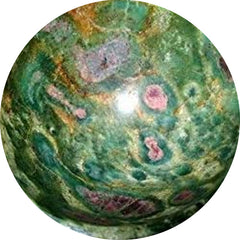 Fuschite (10)
Fuschite (10)
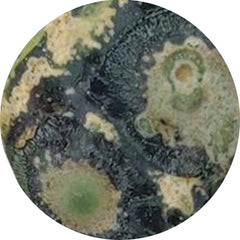 Galaxy jasper (9)
Galaxy jasper (9)
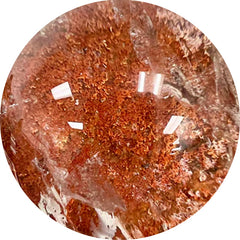 Garden quartz (6)
Garden quartz (6)
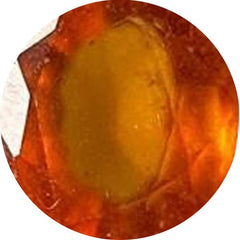 Garnet (119)
Garnet (119)
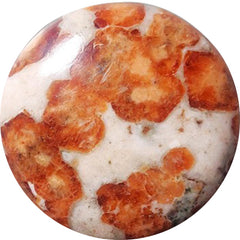 Garnet in limestone (36)
Garnet in limestone (36)
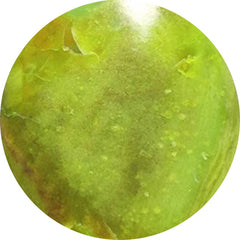 Gaspeite (12)
Gaspeite (12)
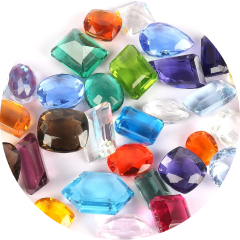 Gemstone lots (438)
Gemstone lots (438)
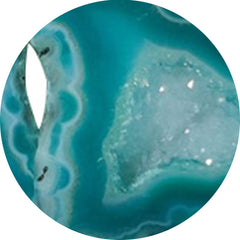 Geode (32)
Geode (32)
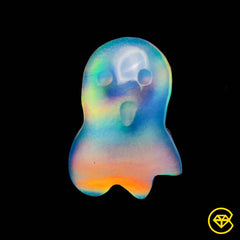 Ghost carving (57)
Ghost carving (57)
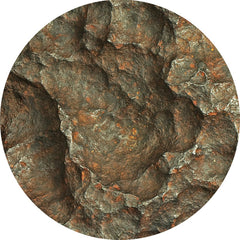 Gibeon meteorite (23)
Gibeon meteorite (23)
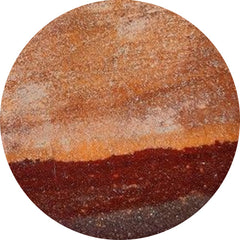 Gila monster agate (16)
Gila monster agate (16)
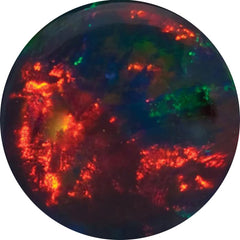 Gilson opal (22)
Gilson opal (22)
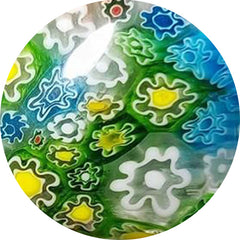 Glass (182)
Glass (182)
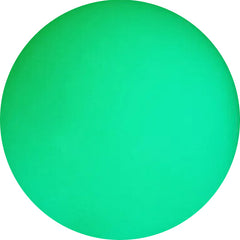 Glow stone (12)
Glow stone (12)
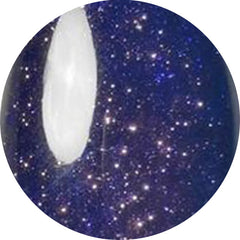 Goldstone (35)
Goldstone (35)
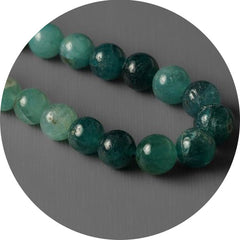 Grandidierite (7)
Grandidierite (7)
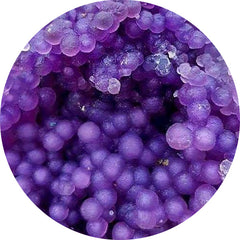 Grape agate (114)
Grape agate (114)
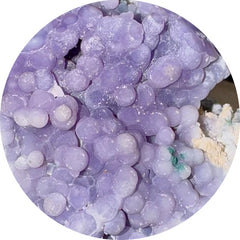 Grape chalcedony (4)
Grape chalcedony (4)
 Green gemstones (448)
Green gemstones (448)
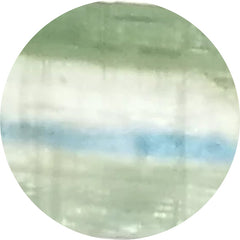 Green kyanite (7)
Green kyanite (7)
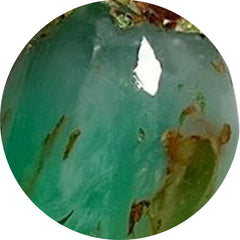 Green prase opal (8)
Green prase opal (8)
 Green tourmaline (24)
Green tourmaline (24)
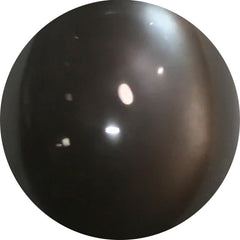 Grey moonstone (31)
Grey moonstone (31)
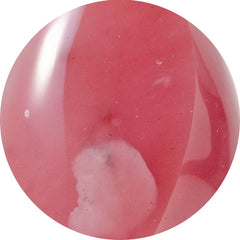 Guava quartz (9)
Guava quartz (9)
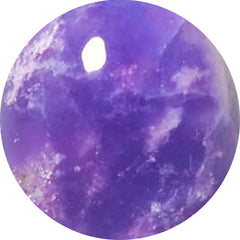 Hackmanite (11)
Hackmanite (11)
 Heart carving (350)
Heart carving (350)
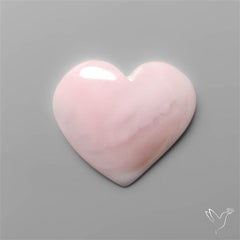 Heart shape gemstones (3)
Heart shape gemstones (3)
 Heliodor (0)
Heliodor (0)
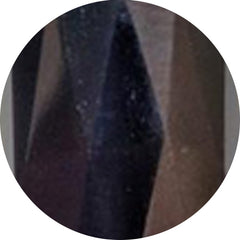 Hematite (37)
Hematite (37)
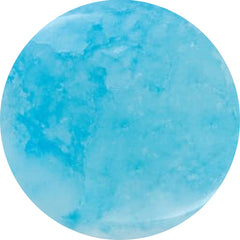 Hemimorphite (54)
Hemimorphite (54)
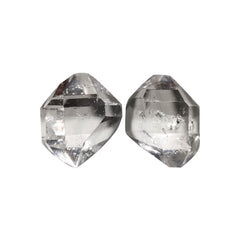 Herkimer diamond (39)
Herkimer diamond (39)
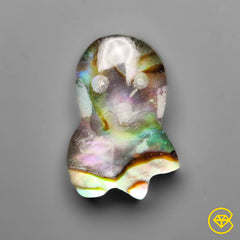 Himalayan quartz (437)
Himalayan quartz (437)
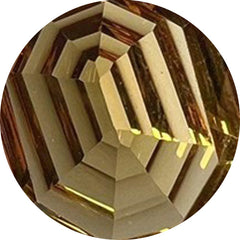 Honey quartz (19)
Honey quartz (19)
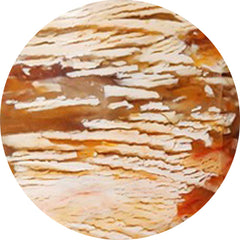 Howardite opal (29)
Howardite opal (29)
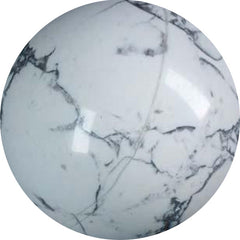 Howlite (4)
Howlite (4)
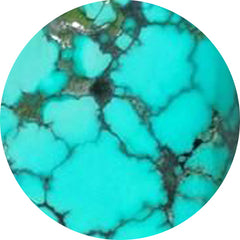 Hubei turquoise (54)
Hubei turquoise (54)
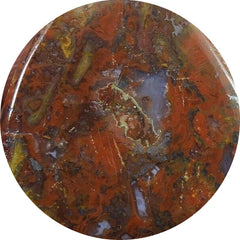 Hungarian agate (1)
Hungarian agate (1)
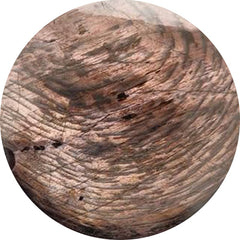 Hypersthene (42)
Hypersthene (42)
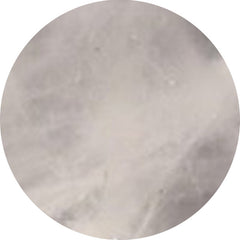 Ice quartz (1)
Ice quartz (1)
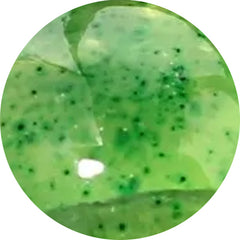 Idocrase (1)
Idocrase (1)
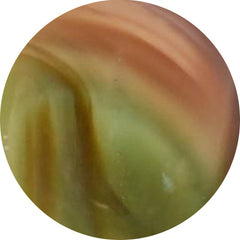 Imperial jasper (115)
Imperial jasper (115)
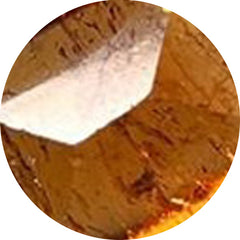 Imperial topaz (0)
Imperial topaz (0)
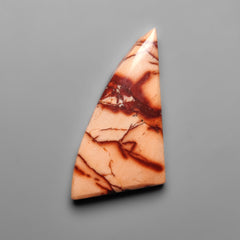 Indian paint stone (5)
Indian paint stone (5)
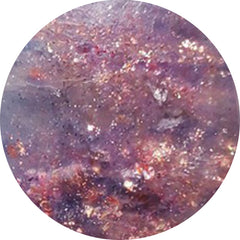 Iolite (160)
Iolite (160)
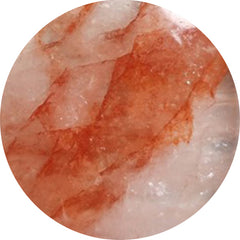 Iron quartz (48)
Iron quartz (48)
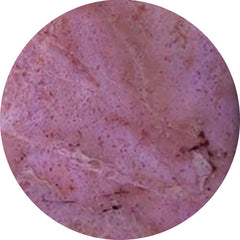 Jade (34)
Jade (34)
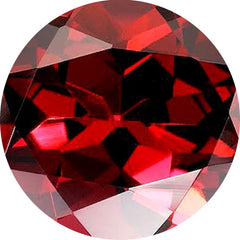 January birthstone (445)
January birthstone (445)
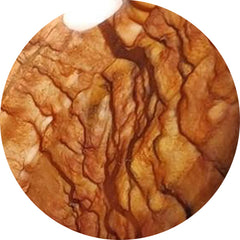 Jaspers (32)
Jaspers (32)
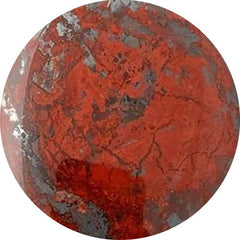 Jaspillite (3)
Jaspillite (3)
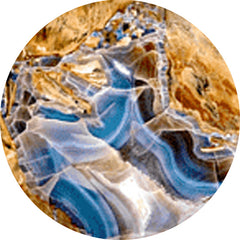 Java chalcedony (16)
Java chalcedony (16)
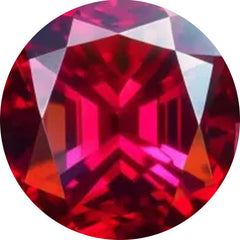 July birthstone (552)
July birthstone (552)
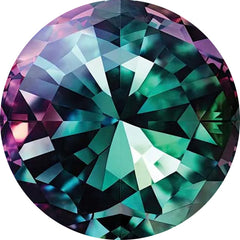 June birthstones: moonstone, pearl, and alexandrite (1057)
June birthstones: moonstone, pearl, and alexandrite (1057)
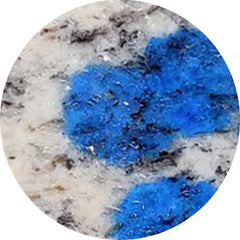 K2 jasper (7)
K2 jasper (7)
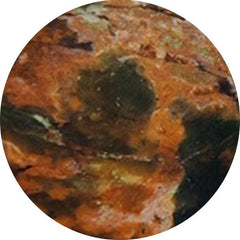 Kaleidoscope agate (0)
Kaleidoscope agate (0)
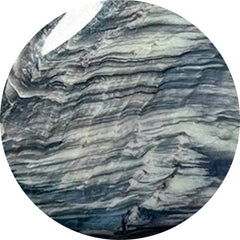 Kammererite (103)
Kammererite (103)
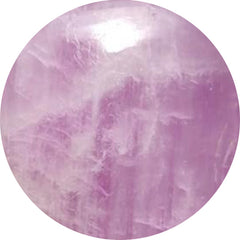 Kunzite (7)
Kunzite (7)
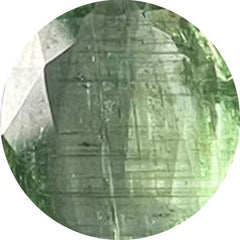 Kyanite (99)
Kyanite (99)
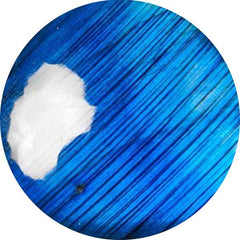 Labradorite (278)
Labradorite (278)
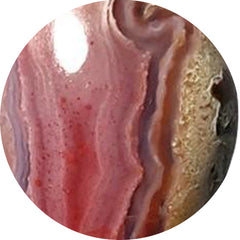 Laguna lace agate (60)
Laguna lace agate (60)
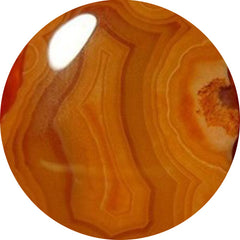 Lake superior agate (25)
Lake superior agate (25)
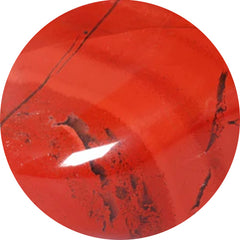 Landscape jasper (0)
Landscape jasper (0)
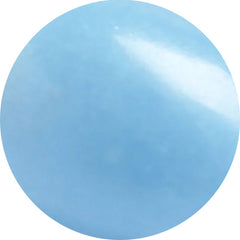 Langite (0)
Langite (0)
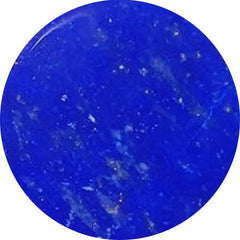 Lapis lazuli (166)
Lapis lazuli (166)
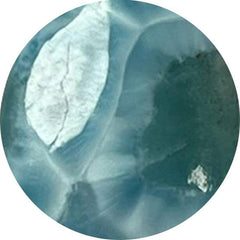 Larimar (125)
Larimar (125)
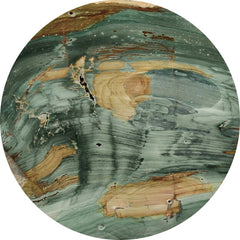 Larsonite (17)
Larsonite (17)
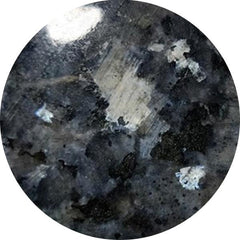 Larvikite feldspar (46)
Larvikite feldspar (46)
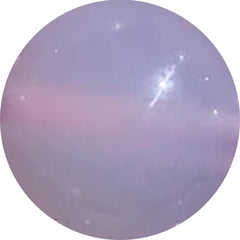 Lavender chalcedony (17)
Lavender chalcedony (17)
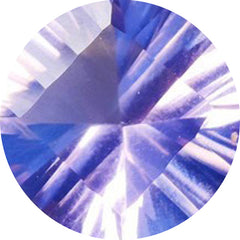 Lavender quartz (5)
Lavender quartz (5)
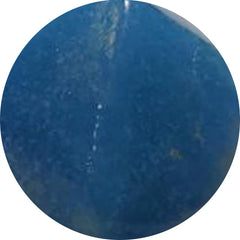 Lazulite (8)
Lazulite (8)
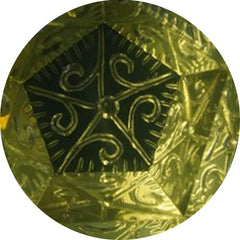 Lemon quartz (44)
Lemon quartz (44)
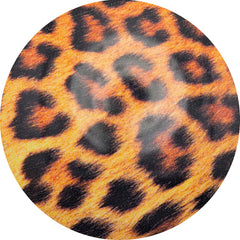 Leopard skin shell (0)
Leopard skin shell (0)
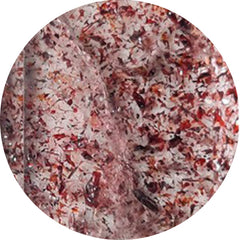 Lepidocrocite (55)
Lepidocrocite (55)
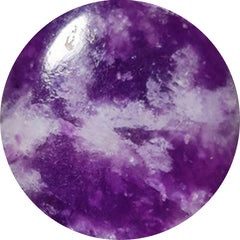 Lepidolite (82)
Lepidolite (82)
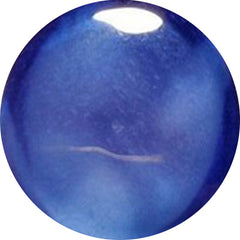 Lindy star sapphire (0)
Lindy star sapphire (0)
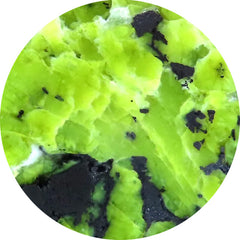 Lizardite (55)
Lizardite (55)
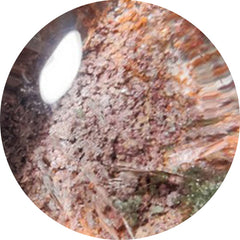 Lodolite (93)
Lodolite (93)
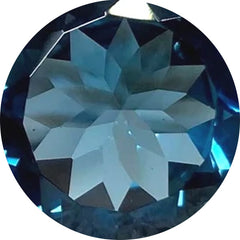 London blue topaz (10)
London blue topaz (10)
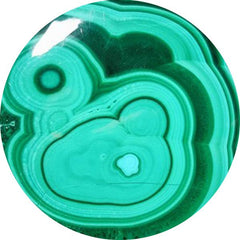 Malachite (577)
Malachite (577)
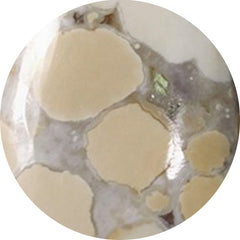 Maligano jasper (71)
Maligano jasper (71)
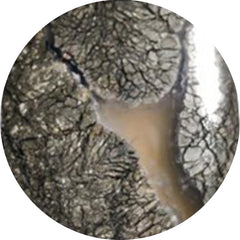 Marcasite (27)
Marcasite (27)
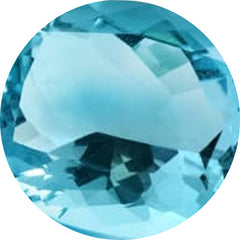 March birthstone (1460)
March birthstone (1460)
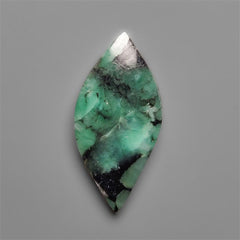 Marquise shape gemstones (5)
Marquise shape gemstones (5)
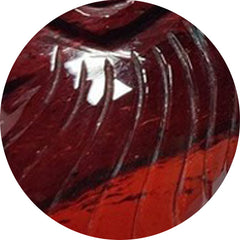 Mary ellen jasper (0)
Mary ellen jasper (0)
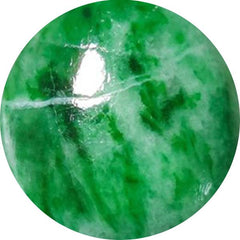 Maw sit sit (16)
Maw sit sit (16)
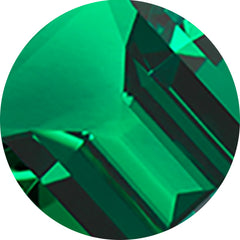 May birthstone (445)
May birthstone (445)
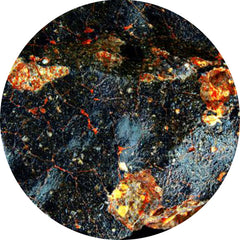 Meteorite (23)
Meteorite (23)
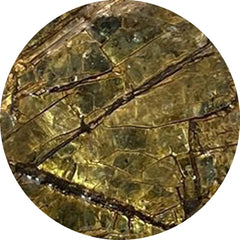 Mica (45)
Mica (45)
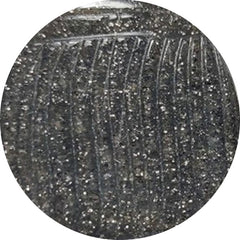 Midnight quartzite (20)
Midnight quartzite (20)
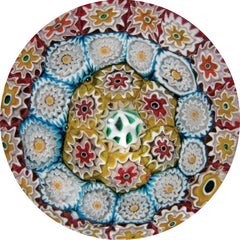 Millefiori glass (2)
Millefiori glass (2)
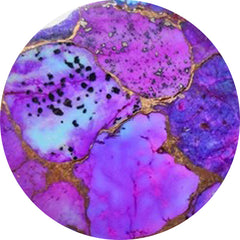 Mohave turquoise (59)
Mohave turquoise (59)
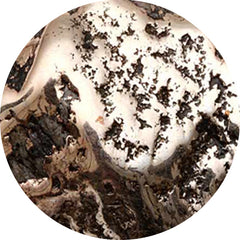 Mohawkites (20)
Mohawkites (20)
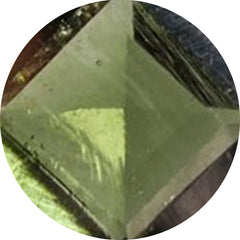 Moldavite (47)
Moldavite (47)
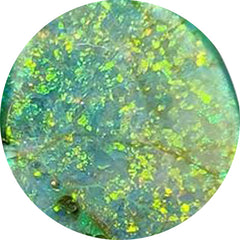 Monarch opal (29)
Monarch opal (29)
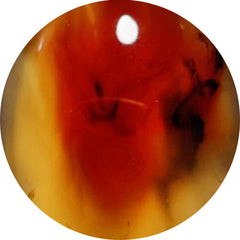 Montana agate (83)
Montana agate (83)
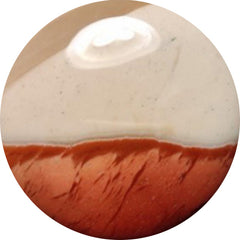 Mookaite (39)
Mookaite (39)
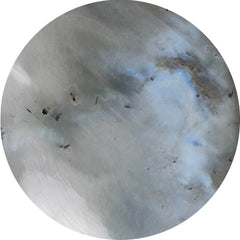 Moonstone (402)
Moonstone (402)
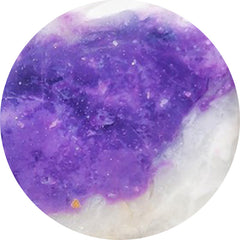 Morado opal (1)
Morado opal (1)
 Morenci turquoise (39)
Morenci turquoise (39)
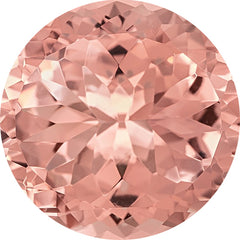 Morganite (0)
Morganite (0)
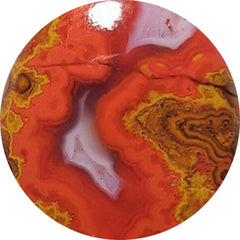 Moroccan seam agate (119)
Moroccan seam agate (119)
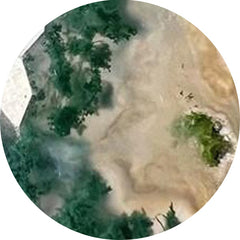 Moss agate (385)
Moss agate (385)
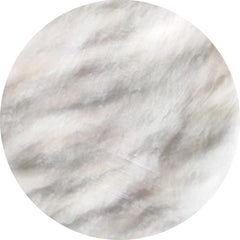 Mother of pearl (528)
Mother of pearl (528)
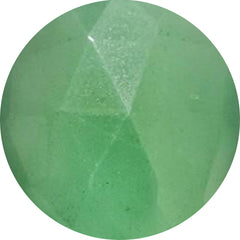 Mtorolite (46)
Mtorolite (46)
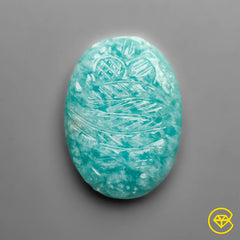 Mughal carving (478)
Mughal carving (478)
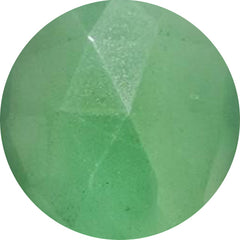 Muscovite (21)
Muscovite (21)
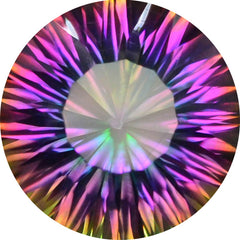 Mystic quartz (1)
Mystic quartz (1)
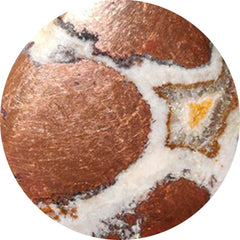 Native copper (34)
Native copper (34)
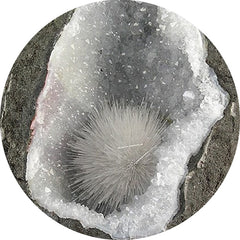 Natrolite (26)
Natrolite (26)
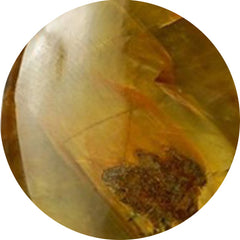 Nellite (6)
Nellite (6)
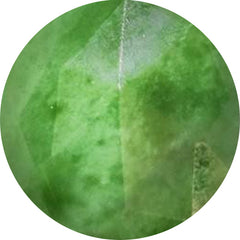 Nephrite jade (2)
Nephrite jade (2)
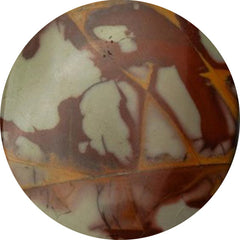 Noreena jasper (28)
Noreena jasper (28)
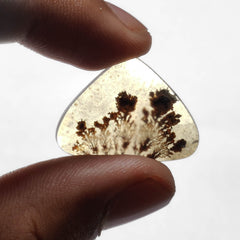 November birthstone (159)
November birthstone (159)
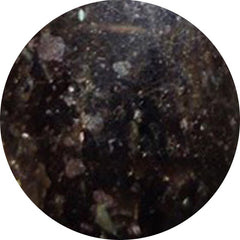 Nuummite (2)
Nuummite (2)
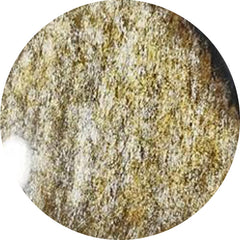 Obsidian (339)
Obsidian (339)
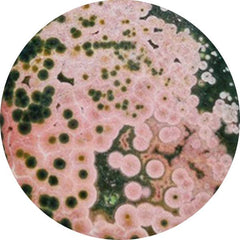 Ocean jasper (253)
Ocean jasper (253)
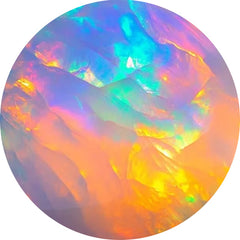 October birthstone (1315)
October birthstone (1315)
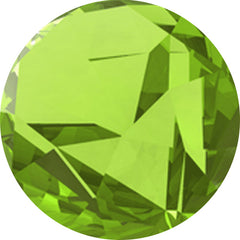 Olive quartz (5)
Olive quartz (5)
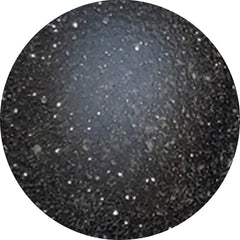 Onyx (287)
Onyx (287)
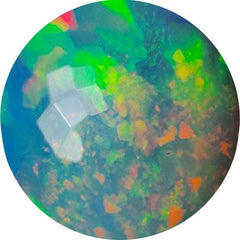 Opal (1083)
Opal (1083)
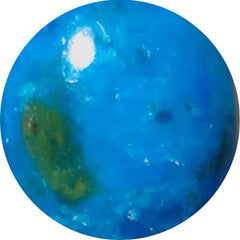 Opalina (11)
Opalina (11)
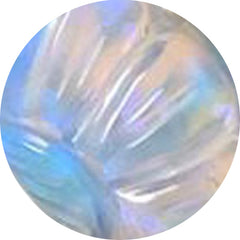 Opalite (30)
Opalite (30)
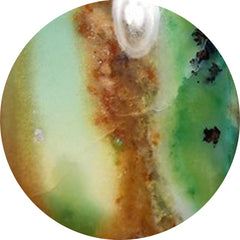 Opalwood (5)
Opalwood (5)
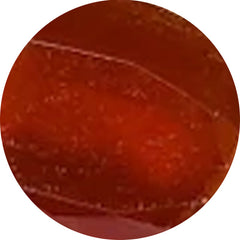 Orange kyanite (2)
Orange kyanite (2)
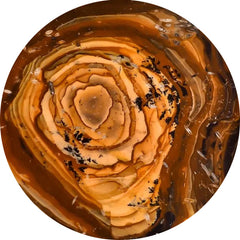 Oregon jasper (7)
Oregon jasper (7)
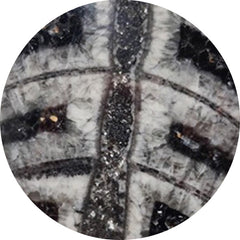 Orthoceras fossil (36)
Orthoceras fossil (36)
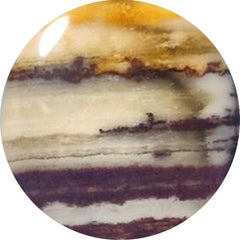 Outback jasper (5)
Outback jasper (5)
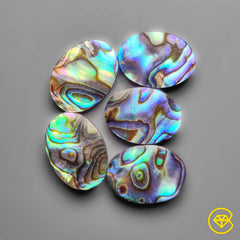 Oval shape gemstones (6)
Oval shape gemstones (6)
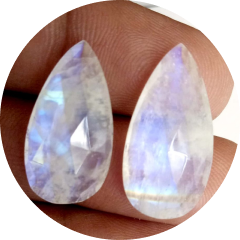 Pairs (948)
Pairs (948)
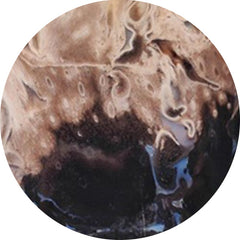 Palmroot agate (92)
Palmroot agate (92)
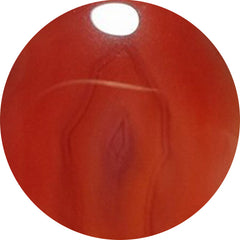 Passion agate (1)
Passion agate (1)
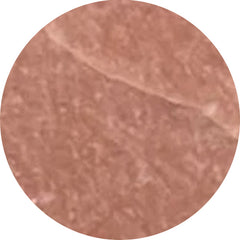 Peach moonstone (46)
Peach moonstone (46)
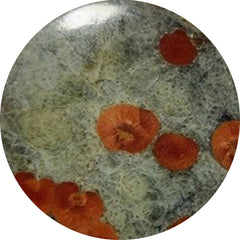 Peanut obsidian (40)
Peanut obsidian (40)
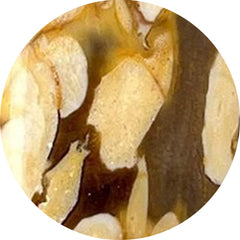 Peanut wood jasper (178)
Peanut wood jasper (178)
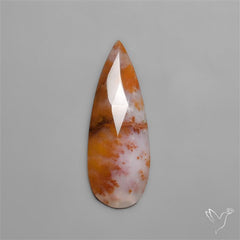 Pear shape gemstones (9)
Pear shape gemstones (9)
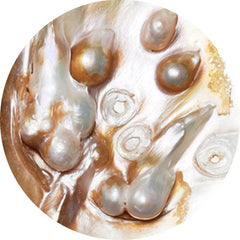 Pearl (655)
Pearl (655)
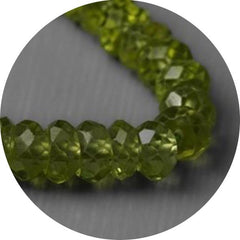 Peridot (60)
Peridot (60)
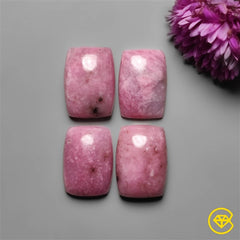 Petalite (25)
Petalite (25)
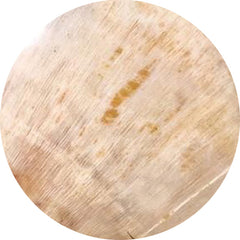 Petrified wood (55)
Petrified wood (55)
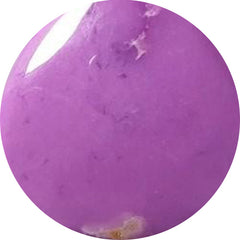 Phosphosiderite (94)
Phosphosiderite (94)
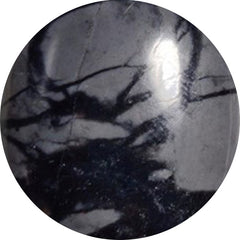 Picasso jasper (81)
Picasso jasper (81)
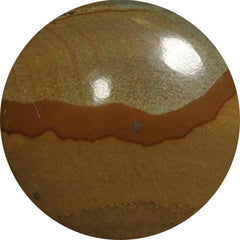 Picture jasper (81)
Picture jasper (81)
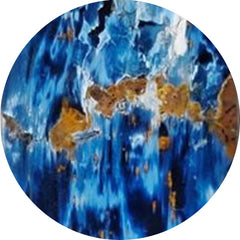 Pietersite (47)
Pietersite (47)
 Pink gemstones (473)
Pink gemstones (473)
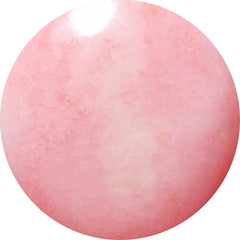 Pink opal (151)
Pink opal (151)
 Pink tourmaline (90)
Pink tourmaline (90)
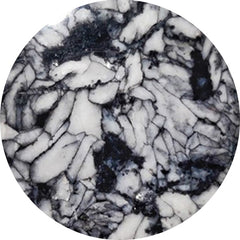 Pinolith (35)
Pinolith (35)
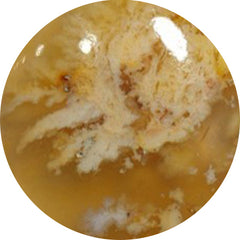 Plume agate (96)
Plume agate (96)
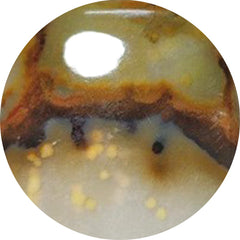 Polka dot agate (42)
Polka dot agate (42)
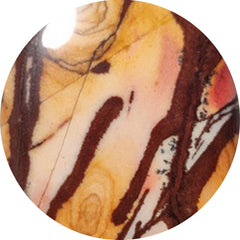 Polychrome jasper (42)
Polychrome jasper (42)
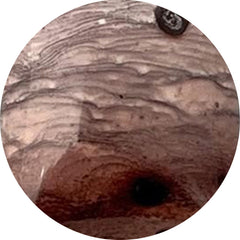 Porcelain jasper (30)
Porcelain jasper (30)
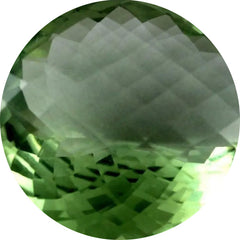 Prasiolite (45)
Prasiolite (45)
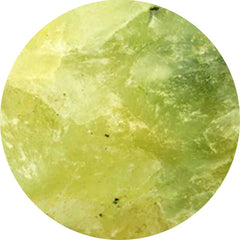 Prehnite (22)
Prehnite (22)
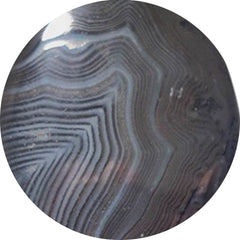 Psilomelane (23)
Psilomelane (23)
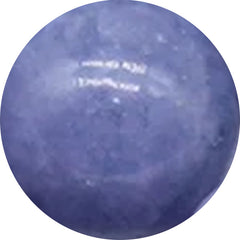 Purple chalcedony (45)
Purple chalcedony (45)
 Purple gemstones (1014)
Purple gemstones (1014)
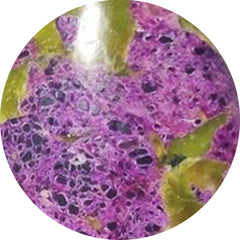 Purpurite (7)
Purpurite (7)
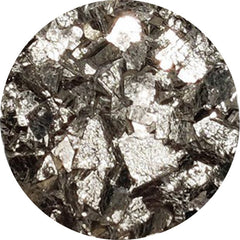 Pyrite (137)
Pyrite (137)
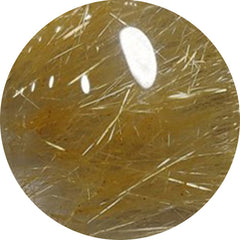 Quartz (125)
Quartz (125)
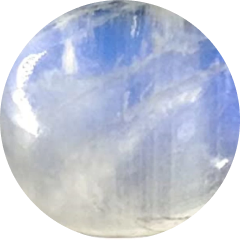 Rain moonstones (0)
Rain moonstones (0)
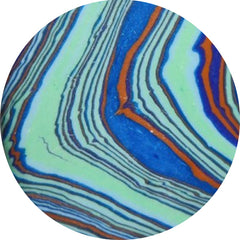 Rainbow calcilica (11)
Rainbow calcilica (11)
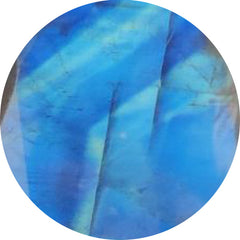 Rainbow moonstone (86)
Rainbow moonstone (86)
 Red coral (8)
Red coral (8)
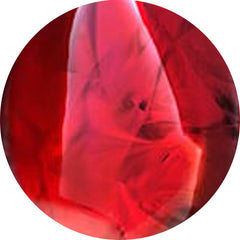 Red fossil (0)
Red fossil (0)
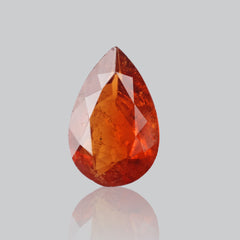 Red gemstones (365)
Red gemstones (365)
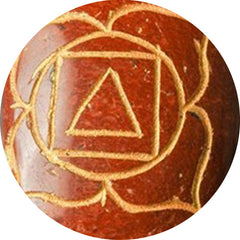 Red jasper (3)
Red jasper (3)
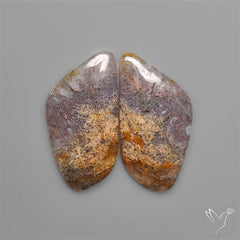 Red moss agate (76)
Red moss agate (76)
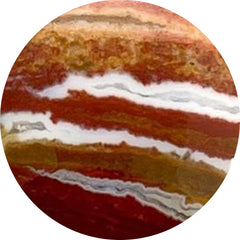 Red river jasper (16)
Red river jasper (16)
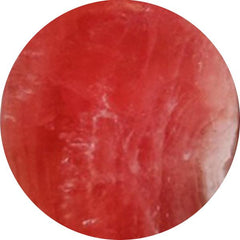 Rhodochrosite (405)
Rhodochrosite (405)
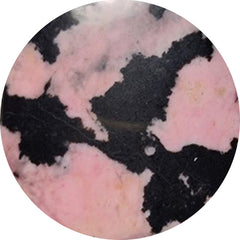 Rhodonite (81)
Rhodonite (81)
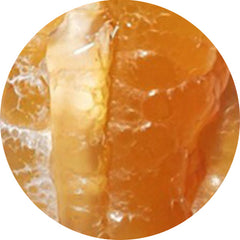 Rock chalcedony (2)
Rock chalcedony (2)
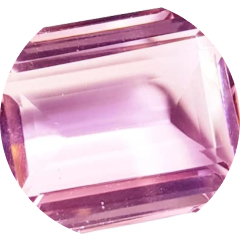 Rose cut gemstones (727)
Rose cut gemstones (727)
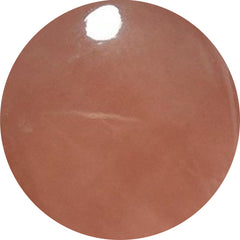 Rose quartz (54)
Rose quartz (54)
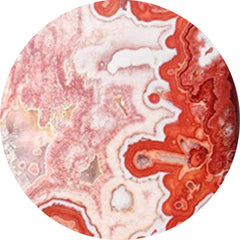 Rosita jasper (10)
Rosita jasper (10)
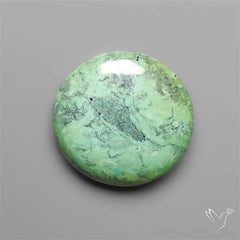 Round shape gemstones (6)
Round shape gemstones (6)
 Ruby (200)
Ruby (200)
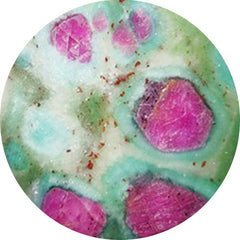 Ruby in fuchsite (6)
Ruby in fuchsite (6)
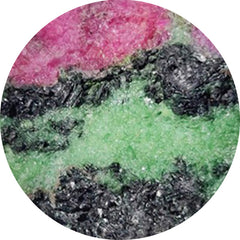 Ruby in zoisite (93)
Ruby in zoisite (93)
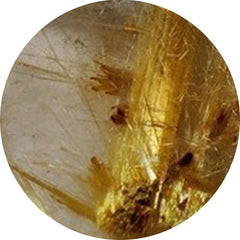 Rutilated quartz (263)
Rutilated quartz (263)
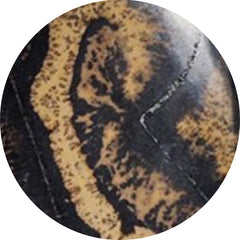 Sage brush jasper (27)
Sage brush jasper (27)
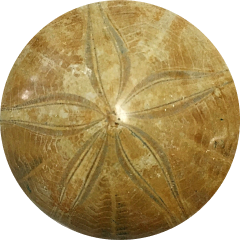 Sand dollar fossil (3)
Sand dollar fossil (3)
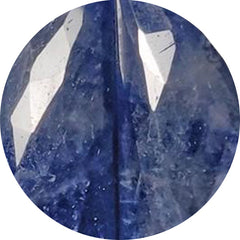 Sapphire (34)
Sapphire (34)
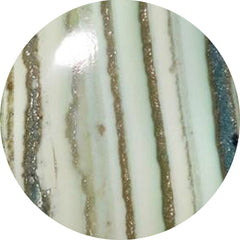 Saturn chalcedony (57)
Saturn chalcedony (57)
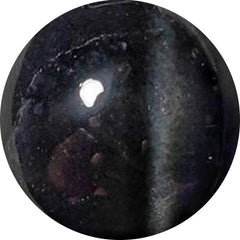 Scapolite (13)
Scapolite (13)
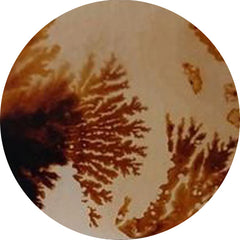 Scenic agate (99)
Scenic agate (99)
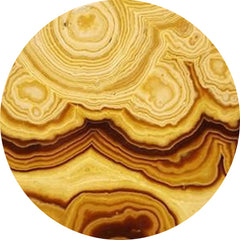 Schalenblende (88)
Schalenblende (88)
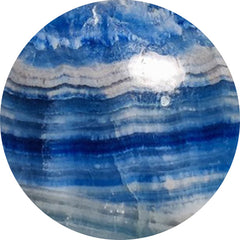 Scheelite (37)
Scheelite (37)
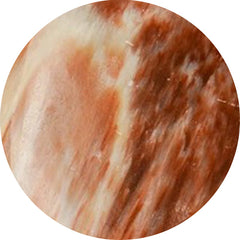 Scolecite (52)
Scolecite (52)
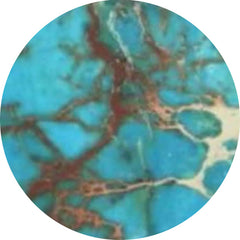 Sea sediment jasper (0)
Sea sediment jasper (0)
 Selenite (13)
Selenite (13)
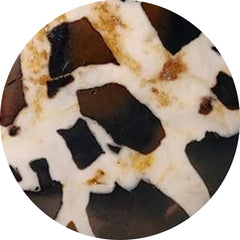 Septarian (92)
Septarian (92)
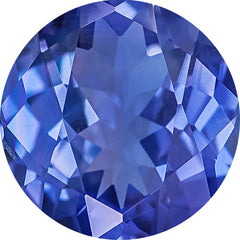 September birthstone (202)
September birthstone (202)
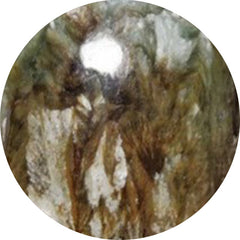 Seraphinite (81)
Seraphinite (81)
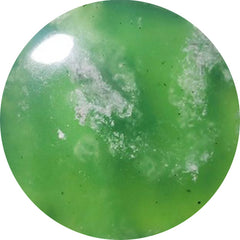 Serpentine (165)
Serpentine (165)
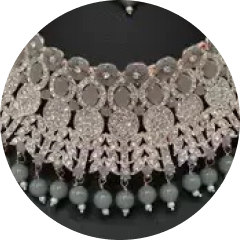 Sets (37)
Sets (37)
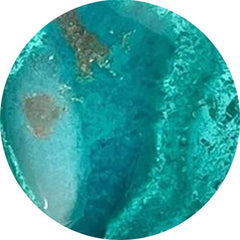 Shattuckite (278)
Shattuckite (278)
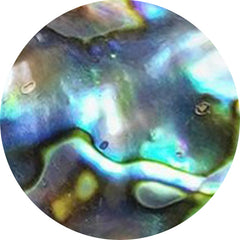 Shell (294)
Shell (294)
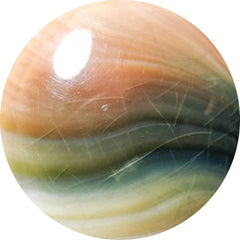 Shiva eye shell (46)
Shiva eye shell (46)
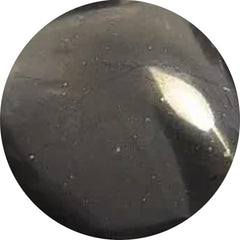 Shungite (4)
Shungite (4)
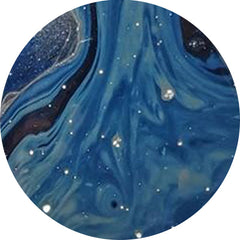 Sieber agate (0)
Sieber agate (0)
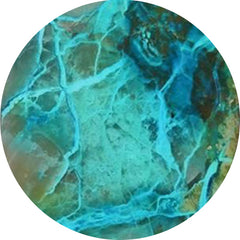 Silica (4)
Silica (4)
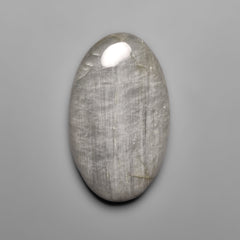 Silver leaf jasper (6)
Silver leaf jasper (6)
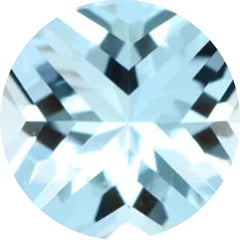 Sky blue topaz (5)
Sky blue topaz (5)
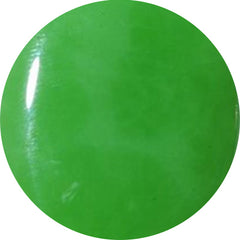 Smithsonite (29)
Smithsonite (29)
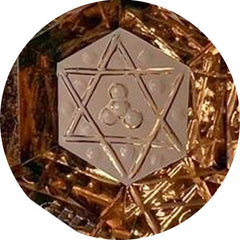 Smoky quartz (23)
Smoky quartz (23)
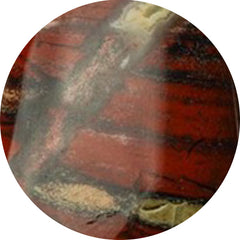 Snakeskin jasper (48)
Snakeskin jasper (48)
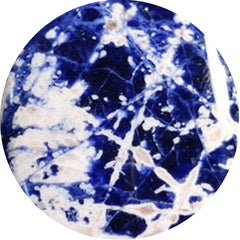 Sodalite (72)
Sodalite (72)
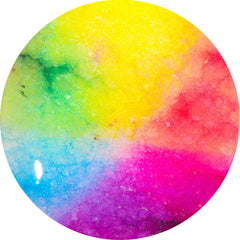 Solar agate (1)
Solar agate (1)
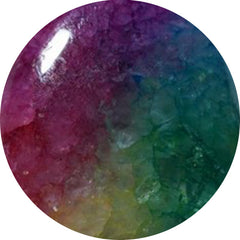 Solar quartz (51)
Solar quartz (51)
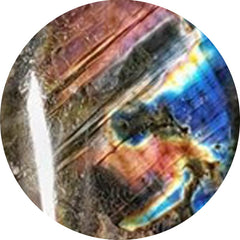 Spectrolite (128)
Spectrolite (128)
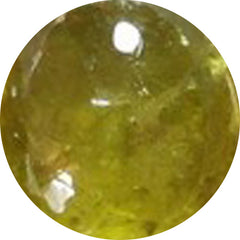 Sphence (25)
Sphence (25)
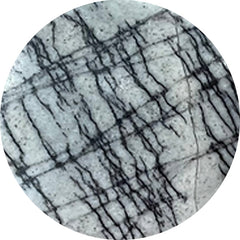 Spiderweb jasper (1)
Spiderweb jasper (1)
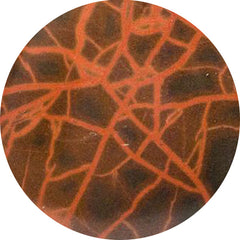 Spiderwoman jasper (0)
Spiderwoman jasper (0)
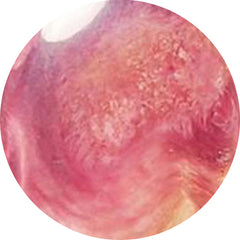 Spiny oyster shell (66)
Spiny oyster shell (66)
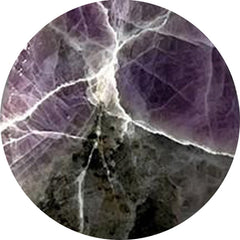 Spurrite (7)
Spurrite (7)
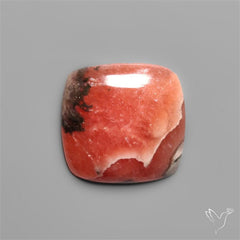 Square shape gemstones (10)
Square shape gemstones (10)
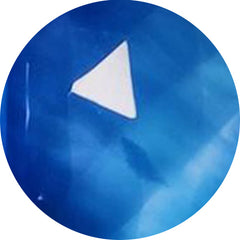 Starburst (2)
Starburst (2)
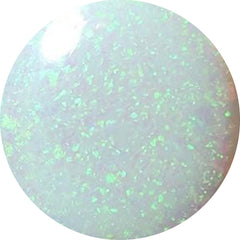 Sterling opal (11)
Sterling opal (11)
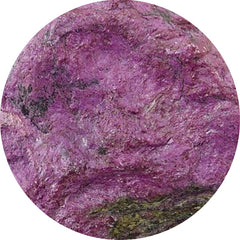 Stichtite (37)
Stichtite (37)
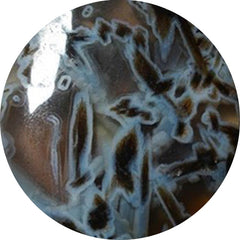 Stick agate (6)
Stick agate (6)
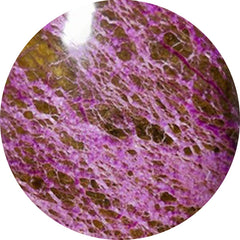 Stitchtite (122)
Stitchtite (122)
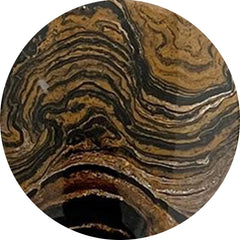 Stramatolite (0)
Stramatolite (0)
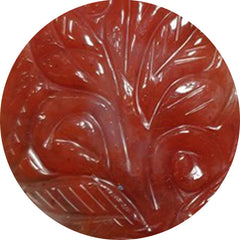 Strawberry quartz (8)
Strawberry quartz (8)
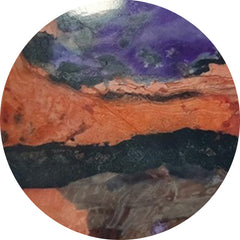 Sugilite (0)
Sugilite (0)
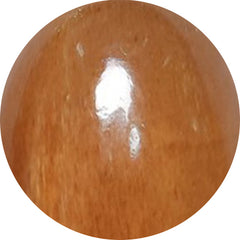 Sunstone (270)
Sunstone (270)
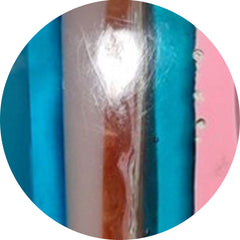 Surfite (1)
Surfite (1)
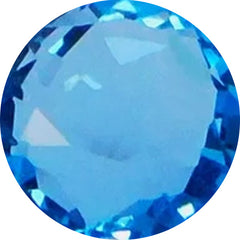 Swiss blue topaz (32)
Swiss blue topaz (32)
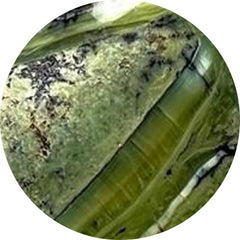 Swiss opal (3)
Swiss opal (3)
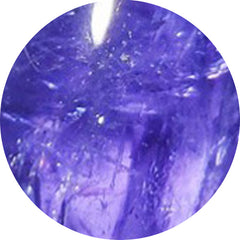 Tanzanite (52)
Tanzanite (52)
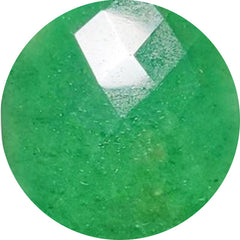 Tanzurine (12)
Tanzurine (12)
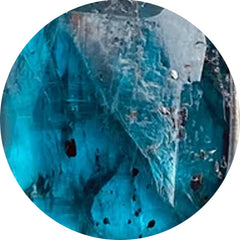 Teal kyanite (9)
Teal kyanite (9)
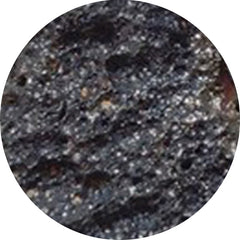 Tektite (42)
Tektite (42)
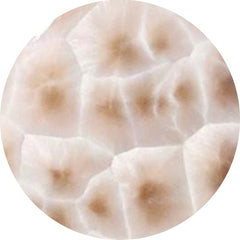 Thomsonite (35)
Thomsonite (35)
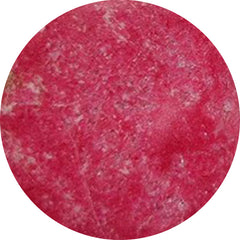 Thulite (80)
Thulite (80)
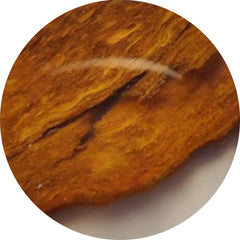 Thunder egg agate (0)
Thunder egg agate (0)
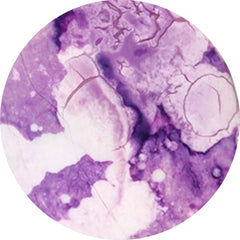 Tiffany stone (6)
Tiffany stone (6)
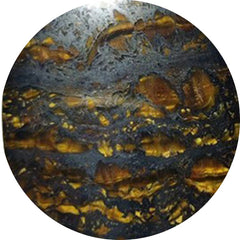 Tiger eye (66)
Tiger eye (66)
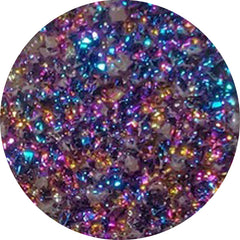 Titanium druzy (5)
Titanium druzy (5)
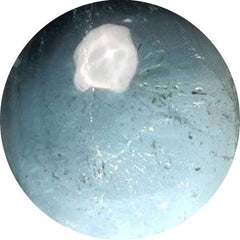 Topaz (50)
Topaz (50)
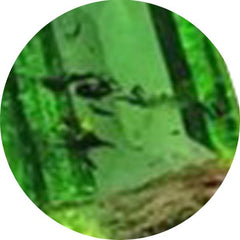 Tourmaline (245)
Tourmaline (245)
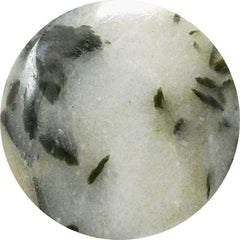 Tourmaline in quartz (86)
Tourmaline in quartz (86)
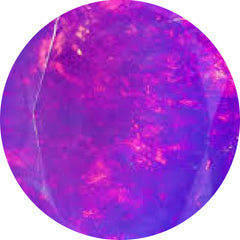 Treated opal (35)
Treated opal (35)
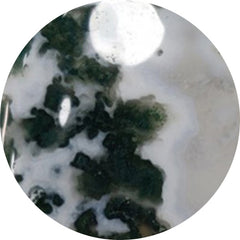 Tree agate (31)
Tree agate (31)
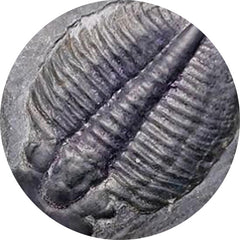 Trilobite fossil (18)
Trilobite fossil (18)
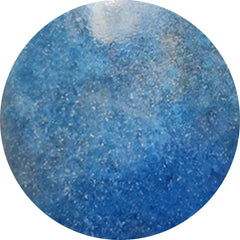 Trolleite quartz (30)
Trolleite quartz (30)
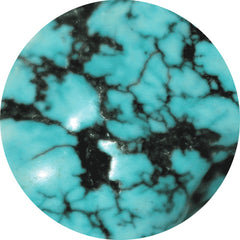 Tumbles (1)
Tumbles (1)
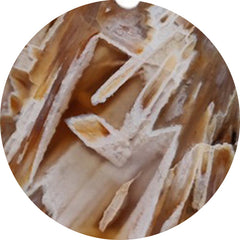 Turkish tube agate (63)
Turkish tube agate (63)
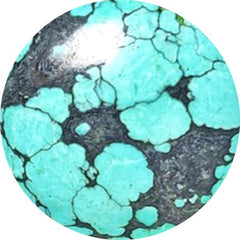 Turquoise (231)
Turquoise (231)
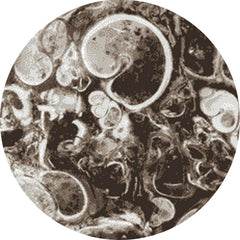 Turritella jasper (3)
Turritella jasper (3)
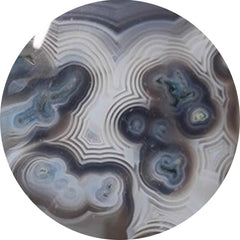 Tuxedo agate (64)
Tuxedo agate (64)
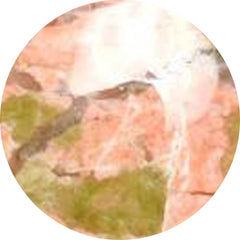 Unakite (3)
Unakite (3)
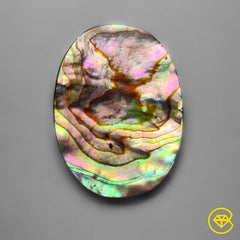 Under $10 (4065)
Under $10 (4065)
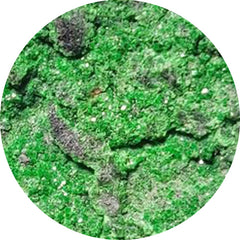 Uvarovite garnet (3)
Uvarovite garnet (3)
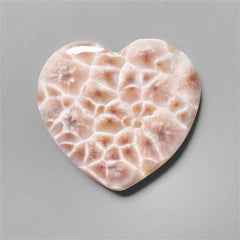 Valentine (802)
Valentine (802)
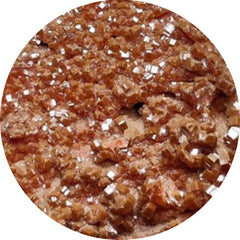 Vanadinite druzy (9)
Vanadinite druzy (9)
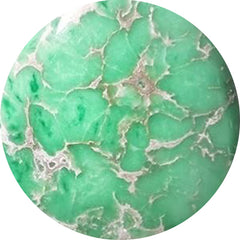 Variscite (137)
Variscite (137)
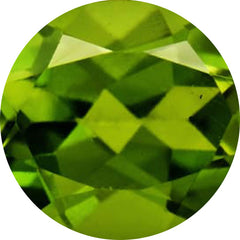 Vesuvianite (1)
Vesuvianite (1)
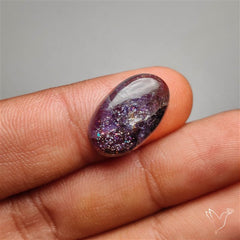 Video collection (266)
Video collection (266)
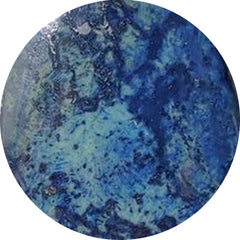 Vivianite (2)
Vivianite (2)
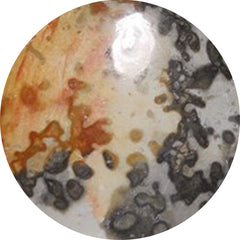 Volcanic cotham marble (7)
Volcanic cotham marble (7)
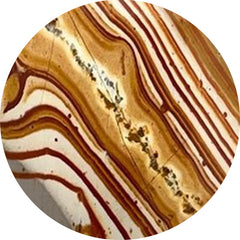 Wagul jasper (3)
Wagul jasper (3)
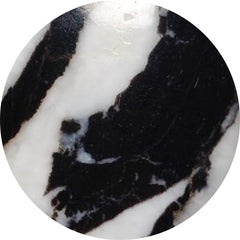 White buffalo turquoise (14)
White buffalo turquoise (14)
 White gemstones (1213)
White gemstones (1213)
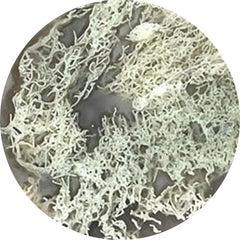 White horse canyon (45)
White horse canyon (45)
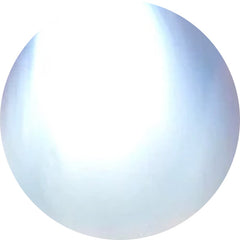 White moonstone (35)
White moonstone (35)
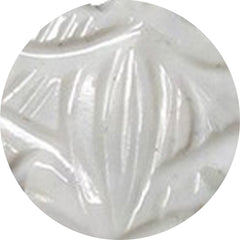 White opal (11)
White opal (11)
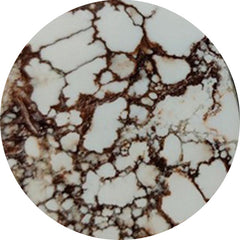 Wild horse jasper (116)
Wild horse jasper (116)
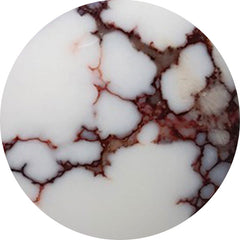 Wild horse magnesite (49)
Wild horse magnesite (49)
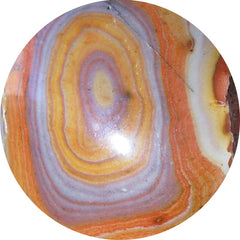 Wonder stone (0)
Wonder stone (0)
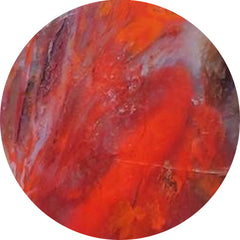 Wood (208)
Wood (208)
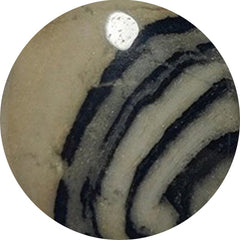 Yavapai travertine (0)
Yavapai travertine (0)
 Yellow gemstones (173)
Yellow gemstones (173)
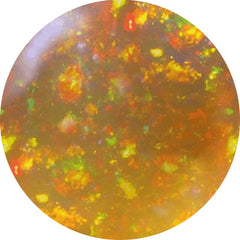 Yellow opal (7)
Yellow opal (7)
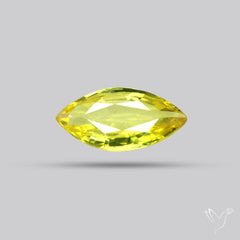 Yellow sapphire (7)
Yellow sapphire (7)
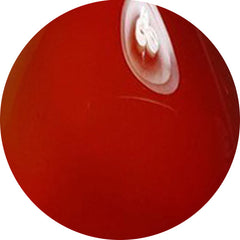 Yemeni aqeeq (0)
Yemeni aqeeq (0)
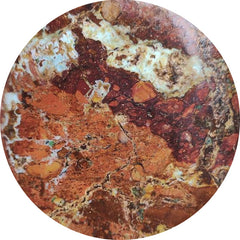 Zarinite (0)
Zarinite (0)
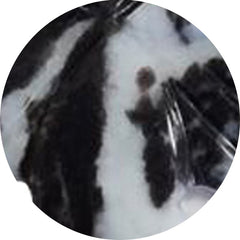 Zebra jasper (1)
Zebra jasper (1)
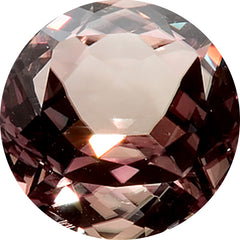 Zultanite (4)
Zultanite (4)






















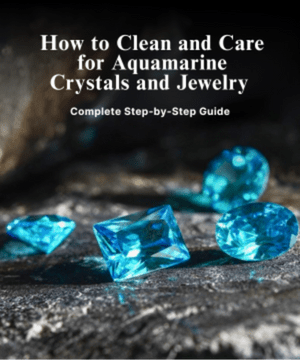
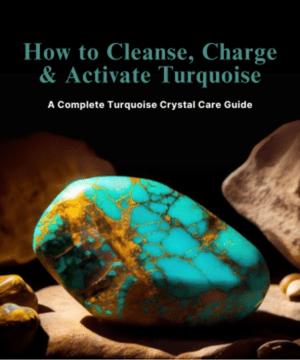
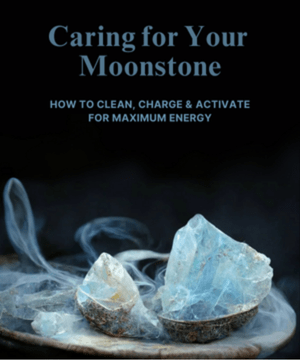



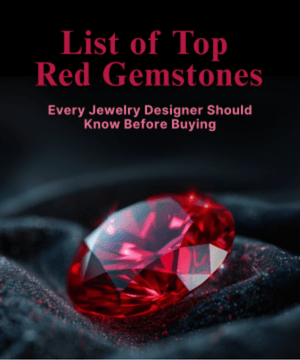
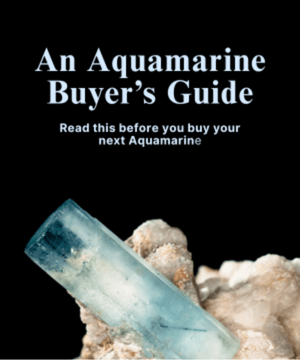
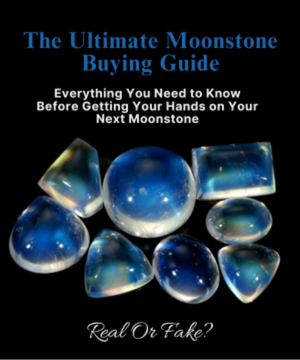
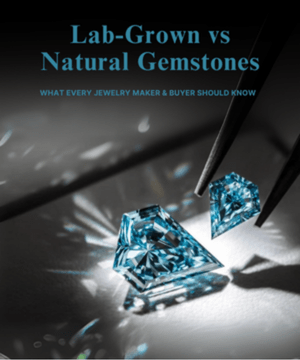
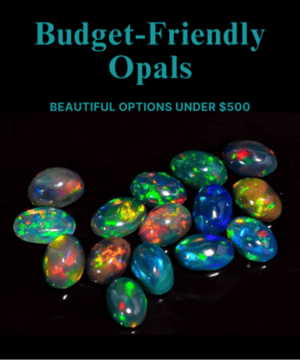


Leave a Comment